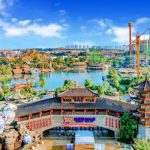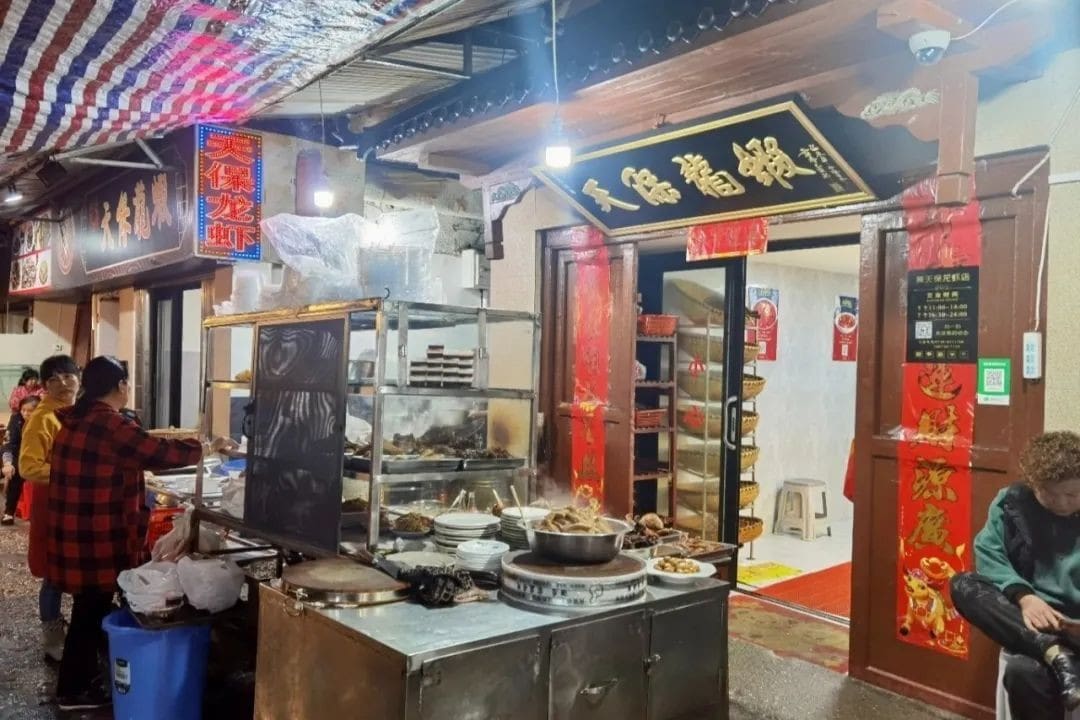
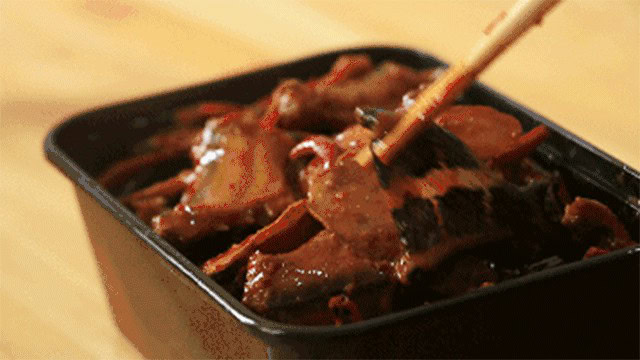
I’ve always felt that the shining points of the provinces in the “Central Triangle” haven’t been promoted effectively. Hunan only has Changsha as its highlight, Hubei’s Wuhan “dominates alone,” and Jiangxi has managed to gain some attention by virtue of its “lack of presence”…
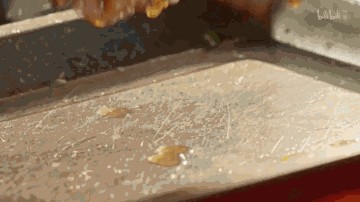
If we follow the logic of satellite cities, I think Yueyang could be the answer to a 1+1 combination with Changsha.
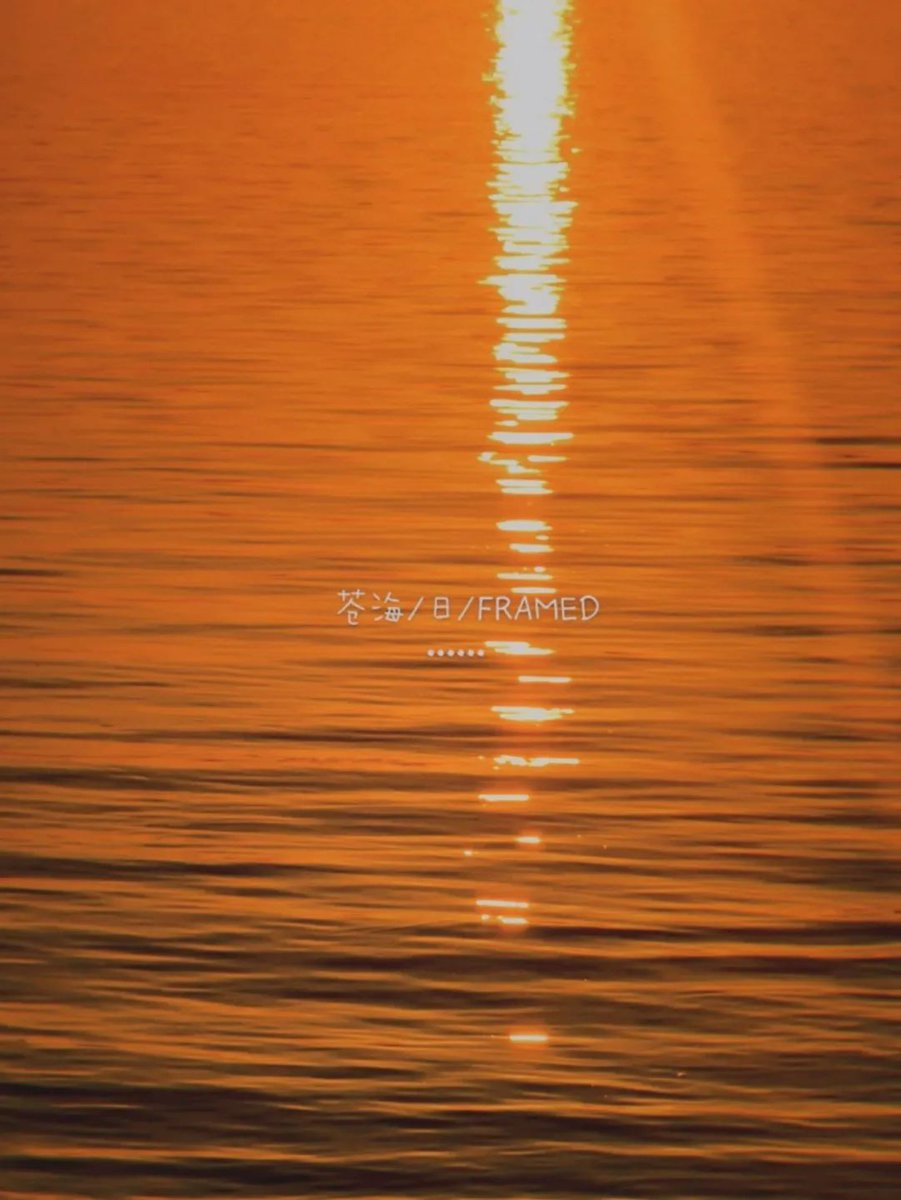
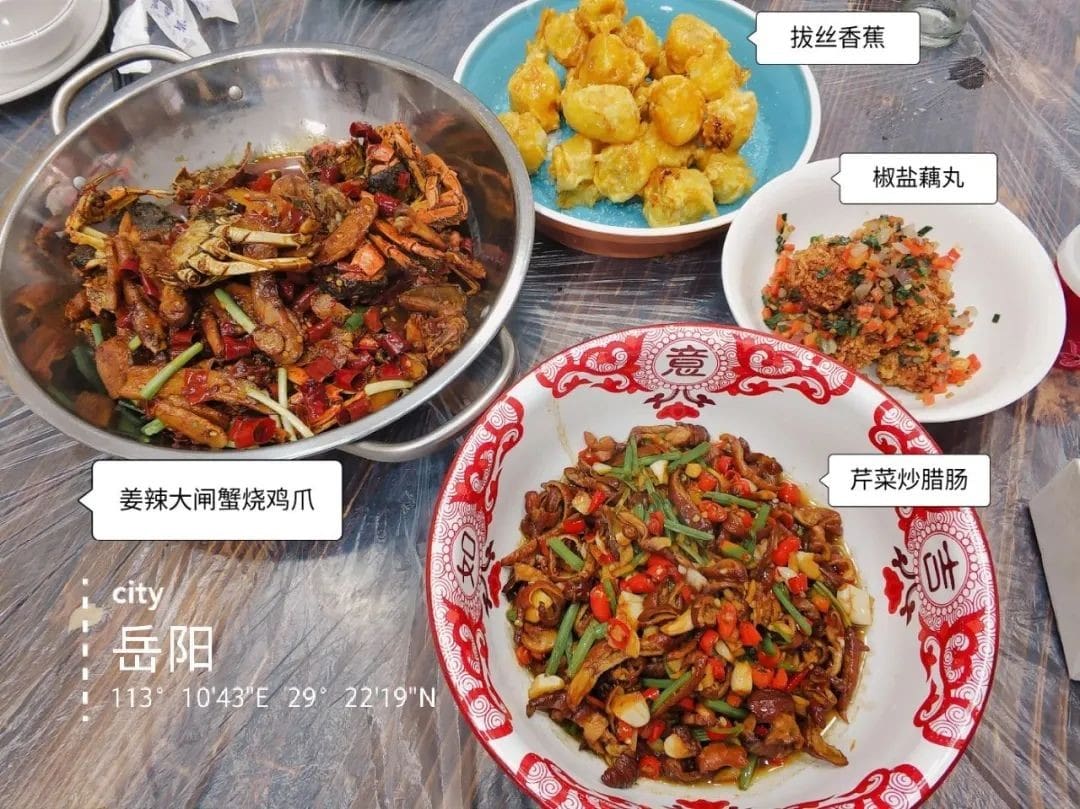
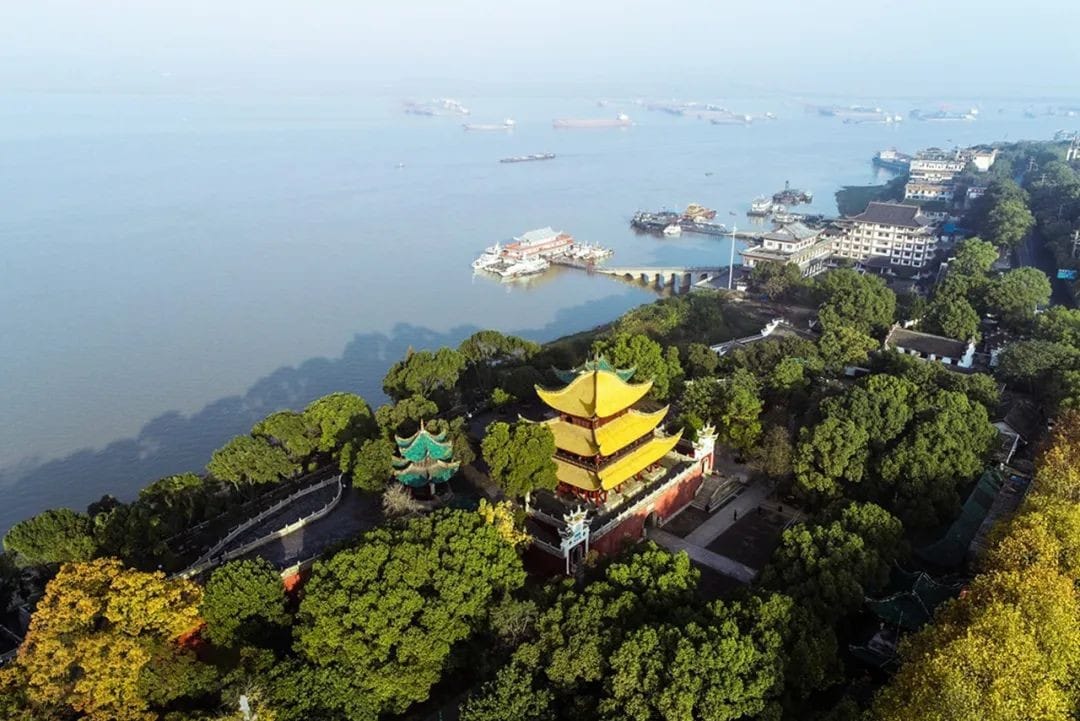
Previously, I enthusiastically recommended Changde, known for its delicious rice noodles, and many comments below were calling out for Yueyang.
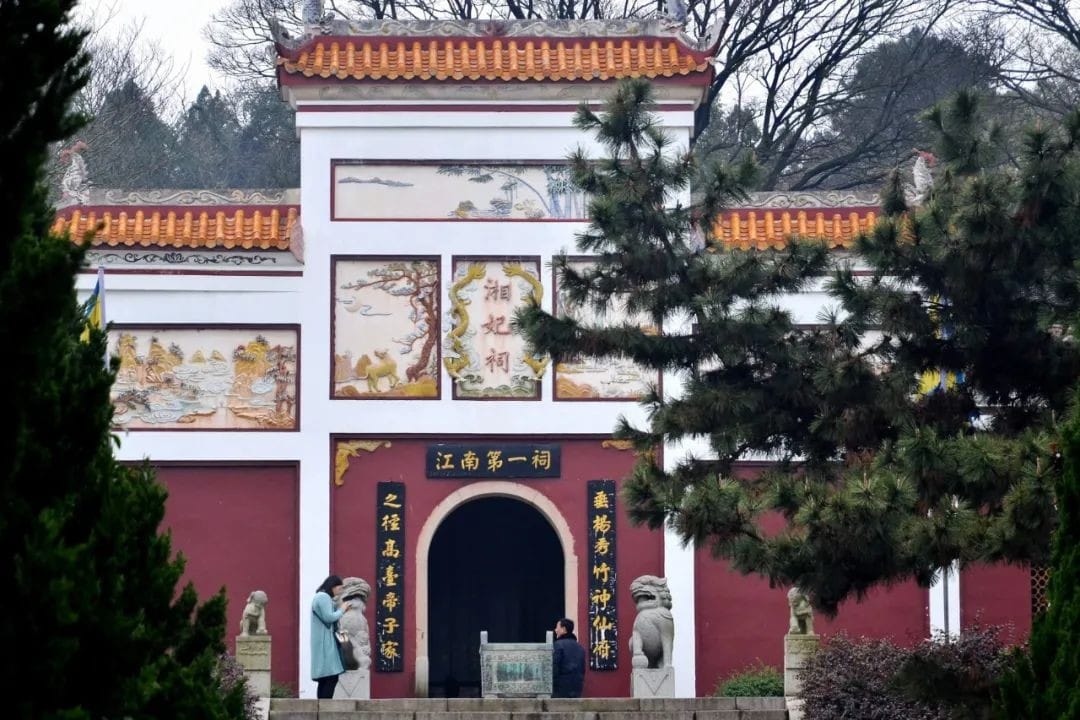
I initially worried that Yueyang might not be that accessible, but a quick search revealed that it only takes 33 minutes by high-speed train from Changsha. What’s there to hesitate about? Let’s go!
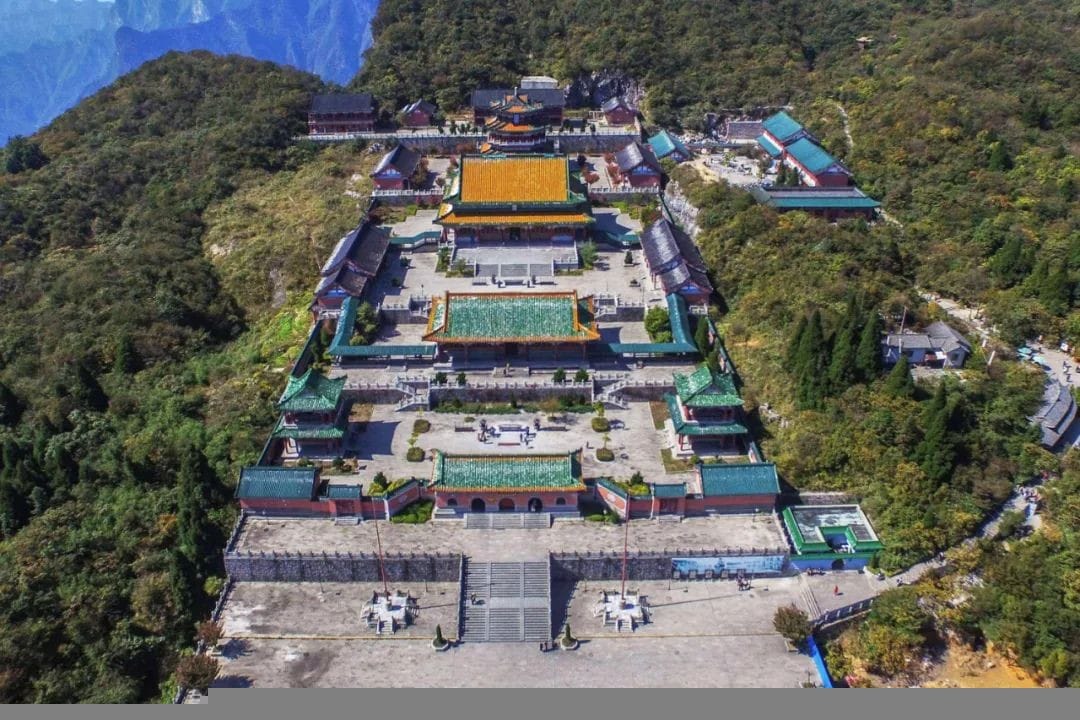
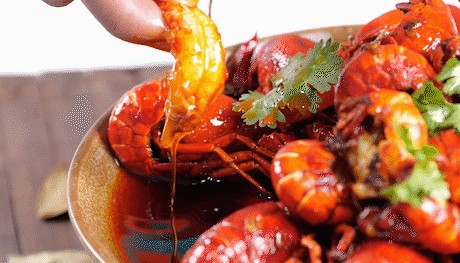
Yueyang’s biggest highlight is the Yueyang Tower that leaves a deep impression? Not at all.
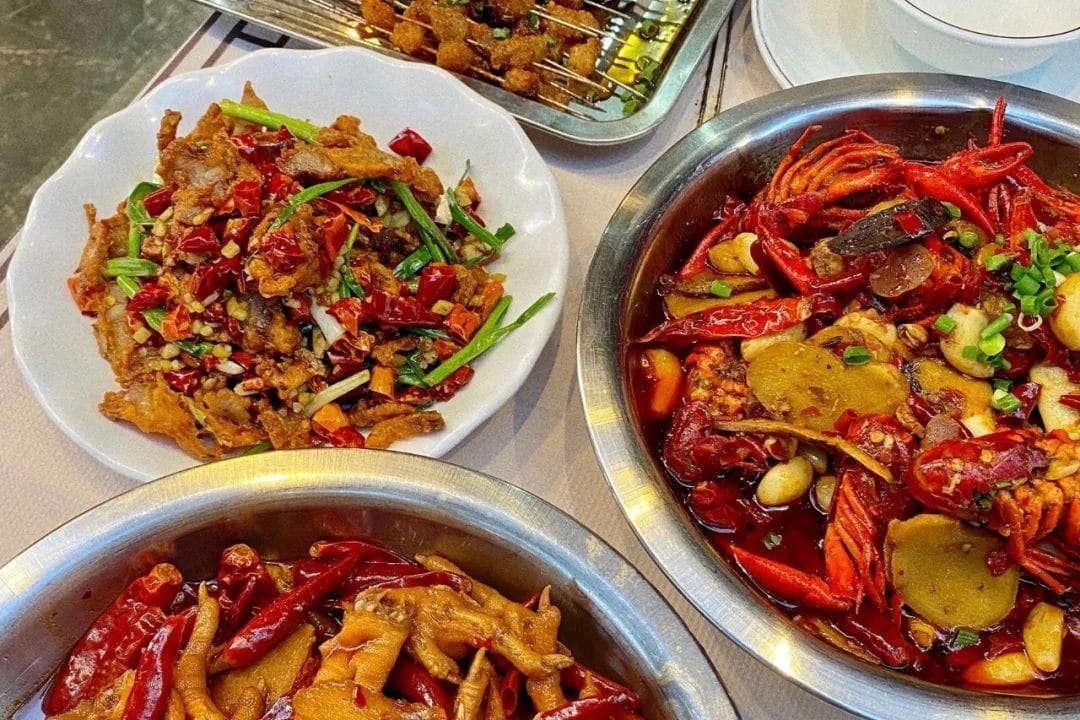
Yueyang, backed by Dongting Lake, is a major production area for crayfish. During the crayfish season (May-August), 30 million crayfish swim onto Chinese dinner tables every day from Yueyang. What does that mean? Enough to feed all of Hangzhou for a month.
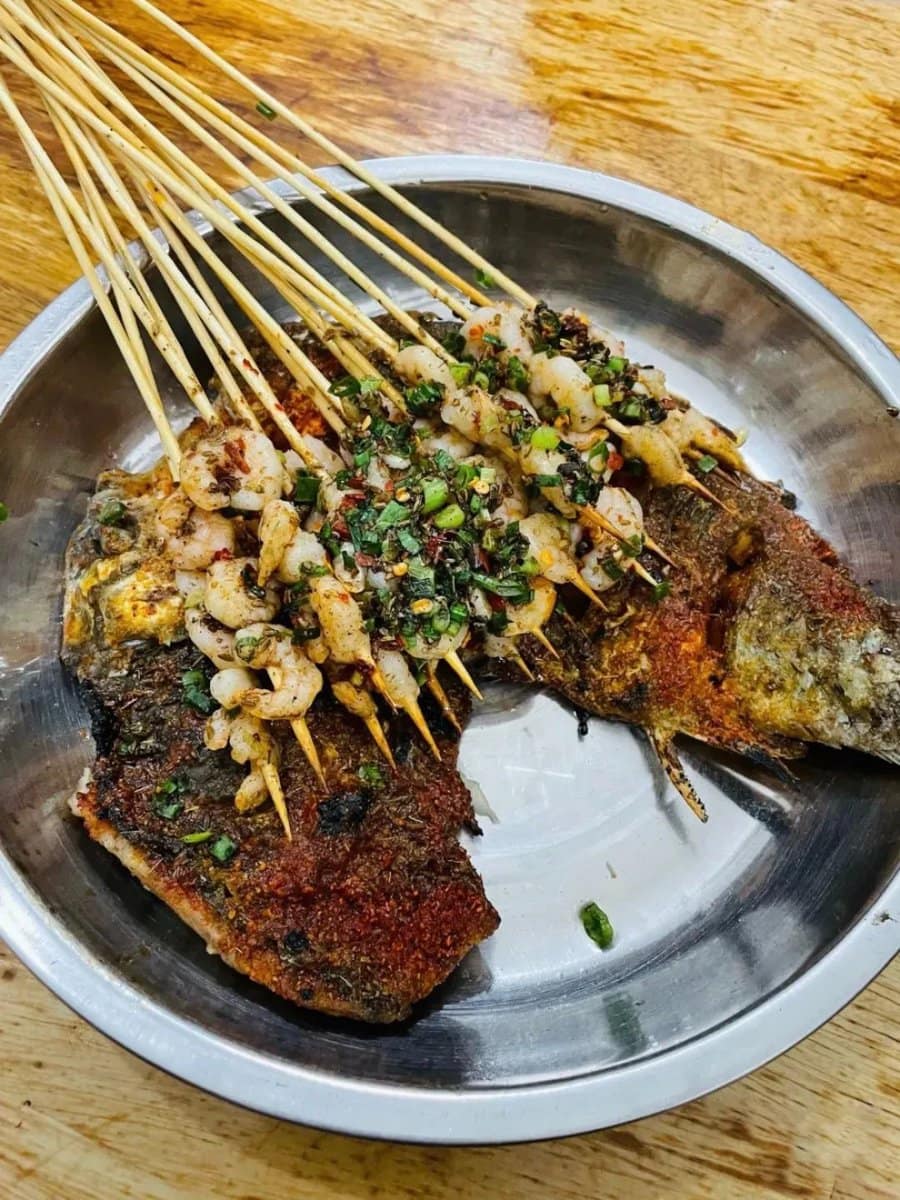
As crayfish are now in season and the weather is gradually warming up, this year, let’s find a crayfish production area to indulge in a feast~
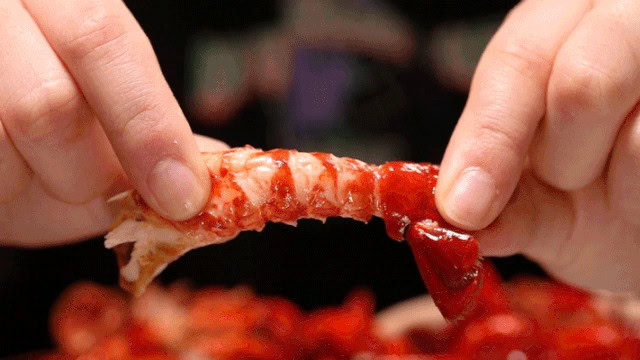
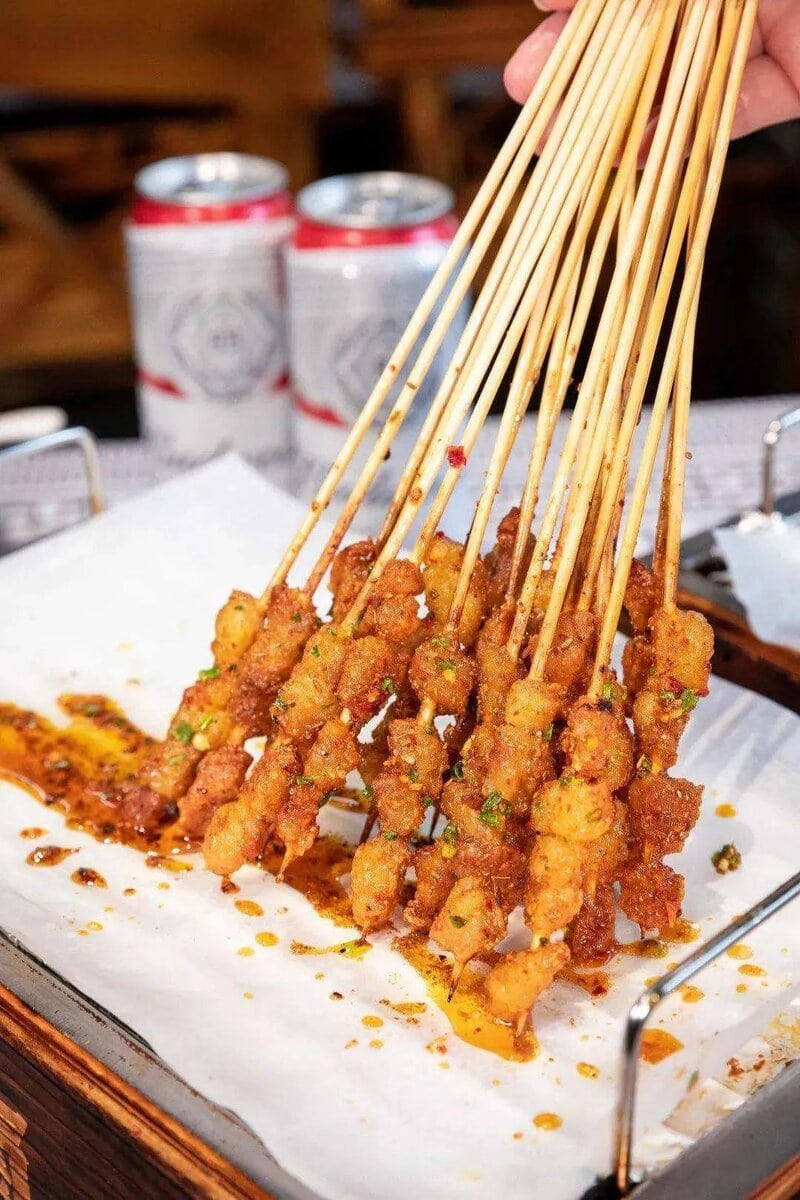
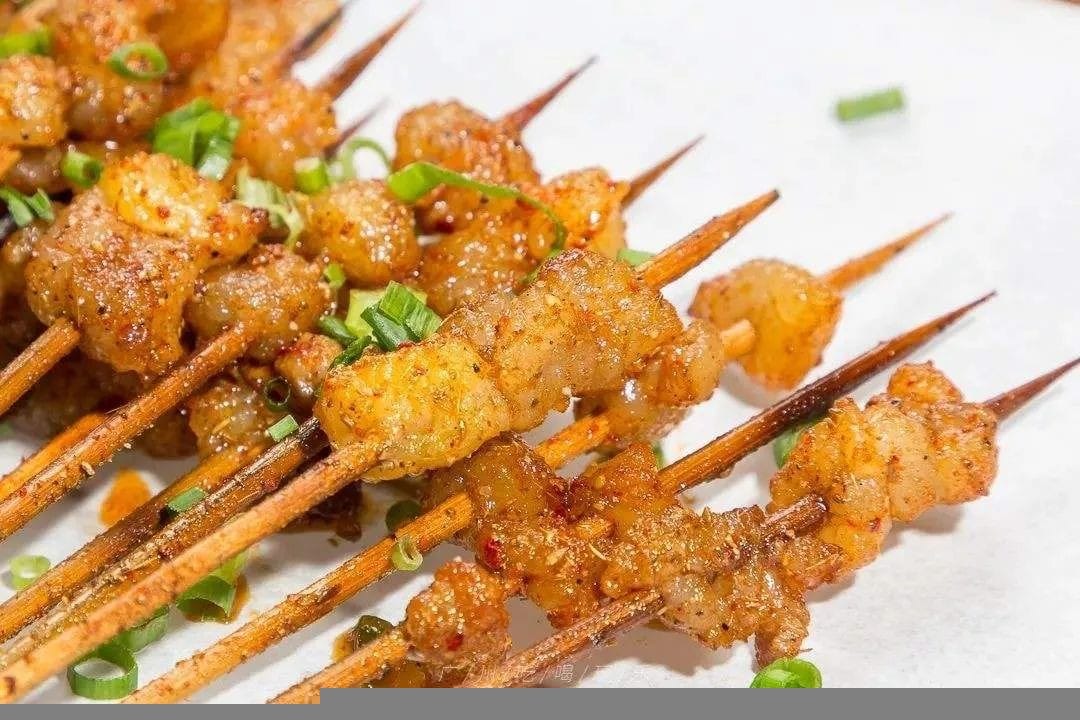
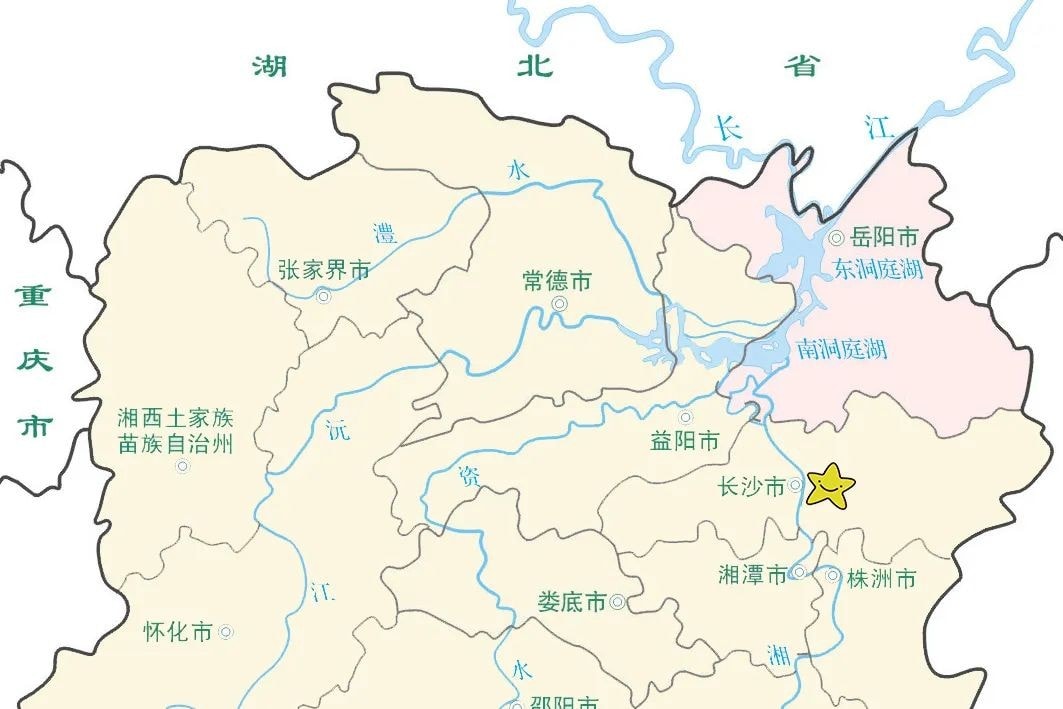
Delicious food supports half of Hunan’s night snacks
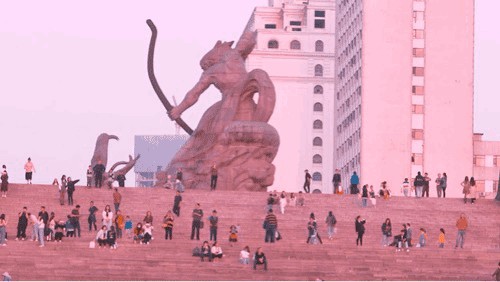
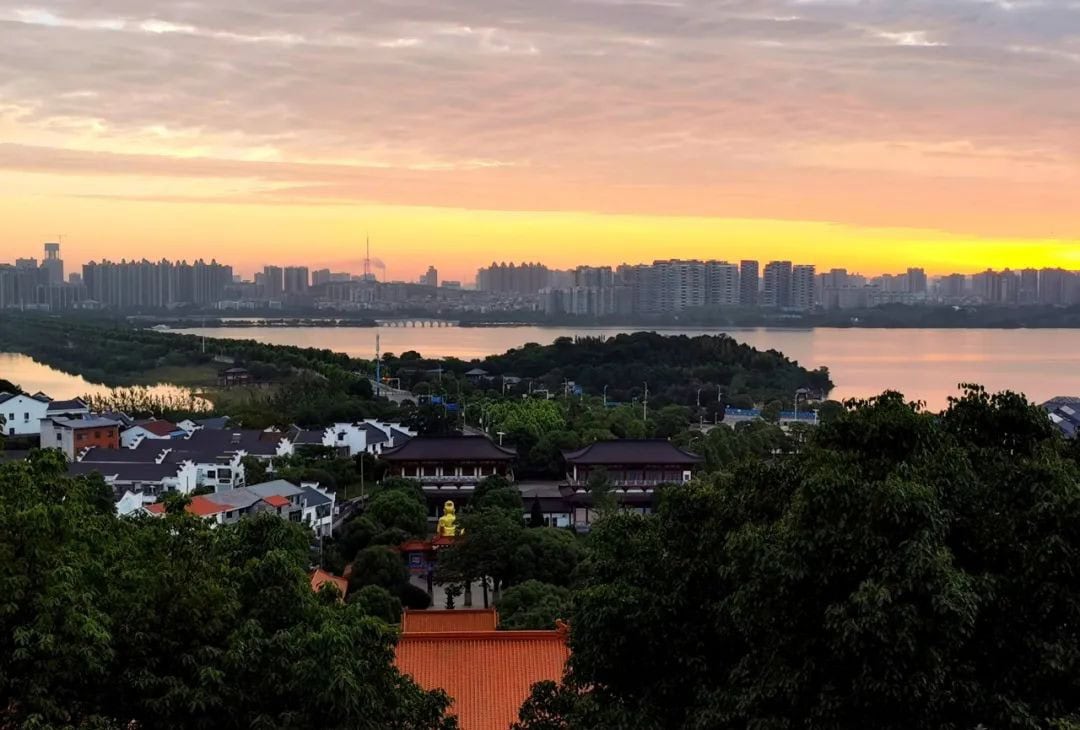
Yueyang is an ancient city with a history of 2,500 years, but for someone like me who prioritizes culinary desires, the allure of Yueyang’s food is much greater.
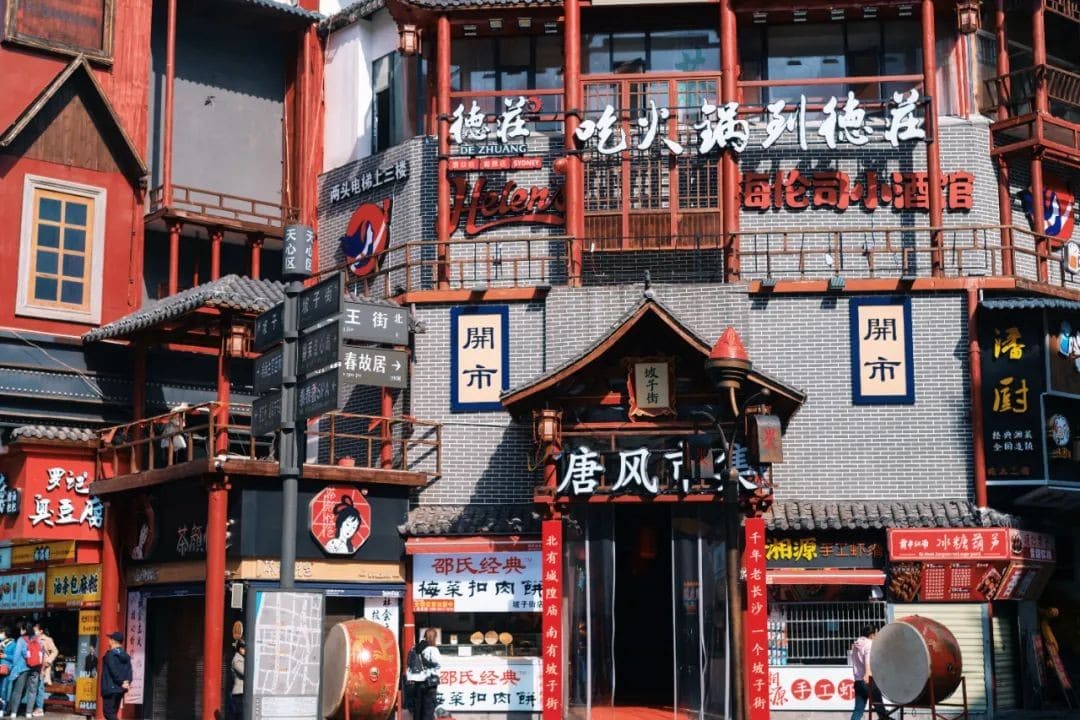
After all, among Changsha’s old brands, century-old shops like Yang Yuxing, Xuji Seafood, Gan Changshun, and the Fisherman’s Wharf night snack street, many either originated from Yueyang or are run by Yueyang business owners.
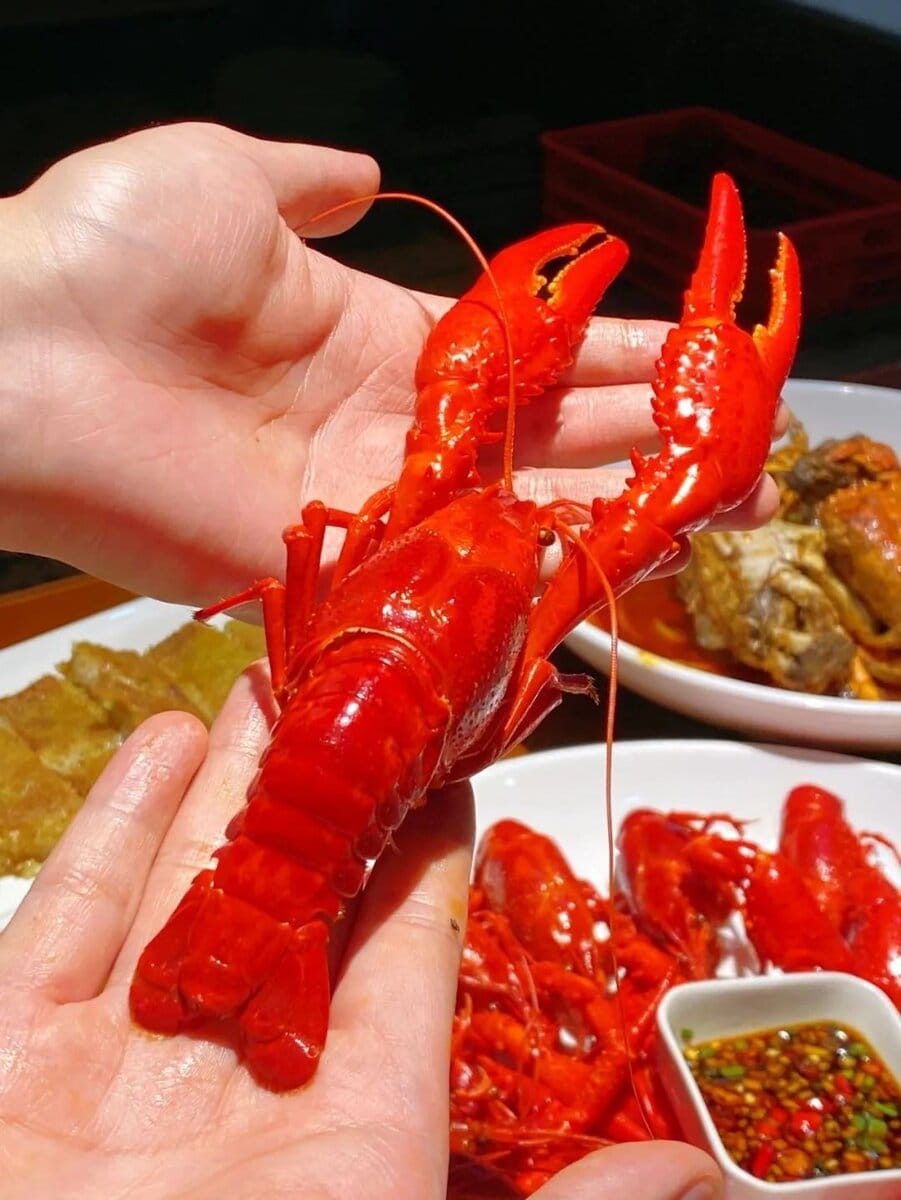
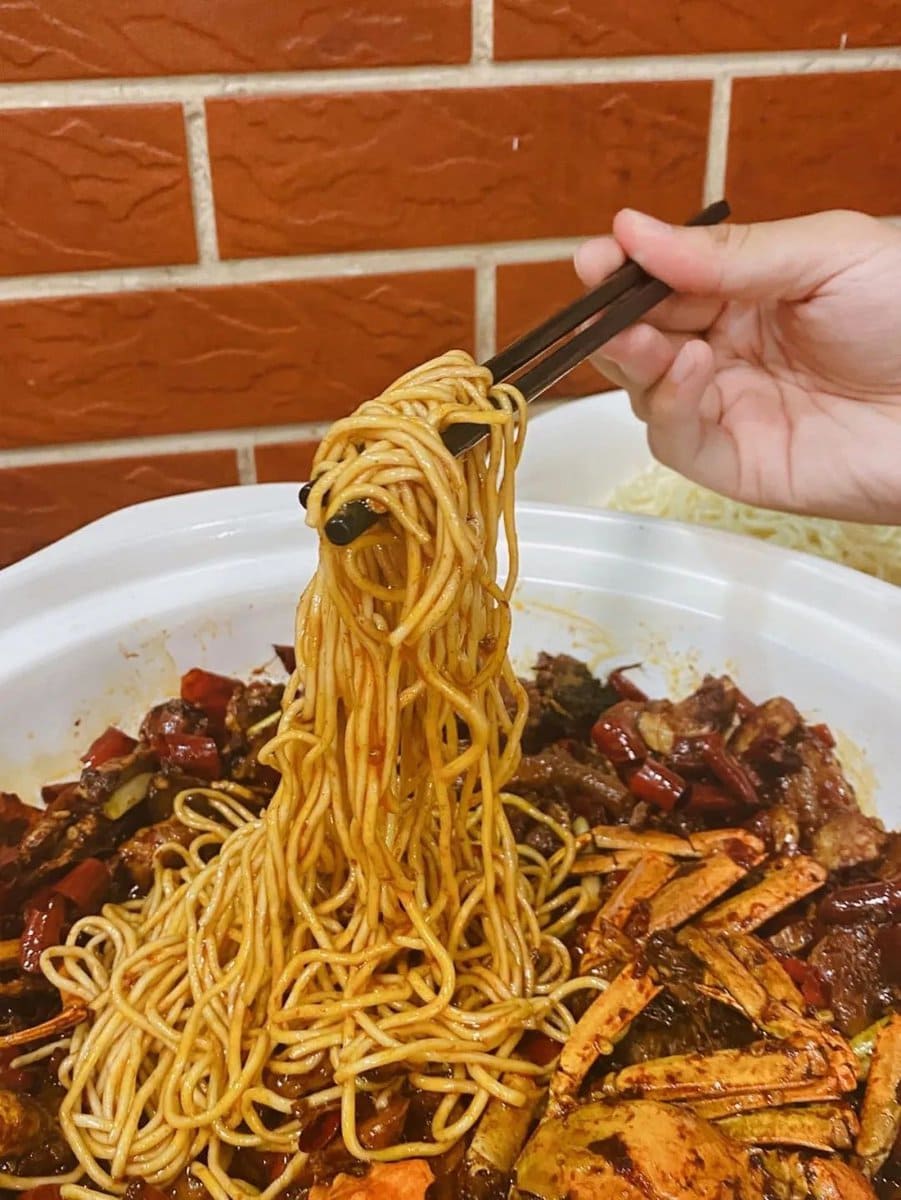
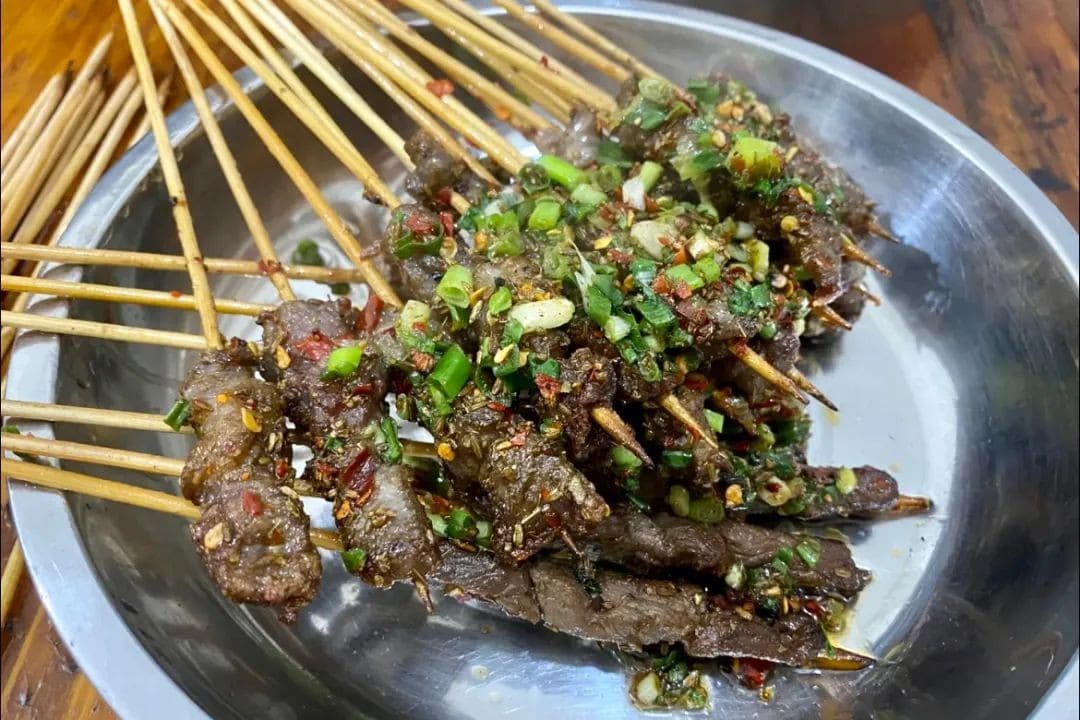
Summarizing the keywords for Yueyang’s cuisine, my answer is freshwater delicacies, ginger-spicy flavors, and barbecue.
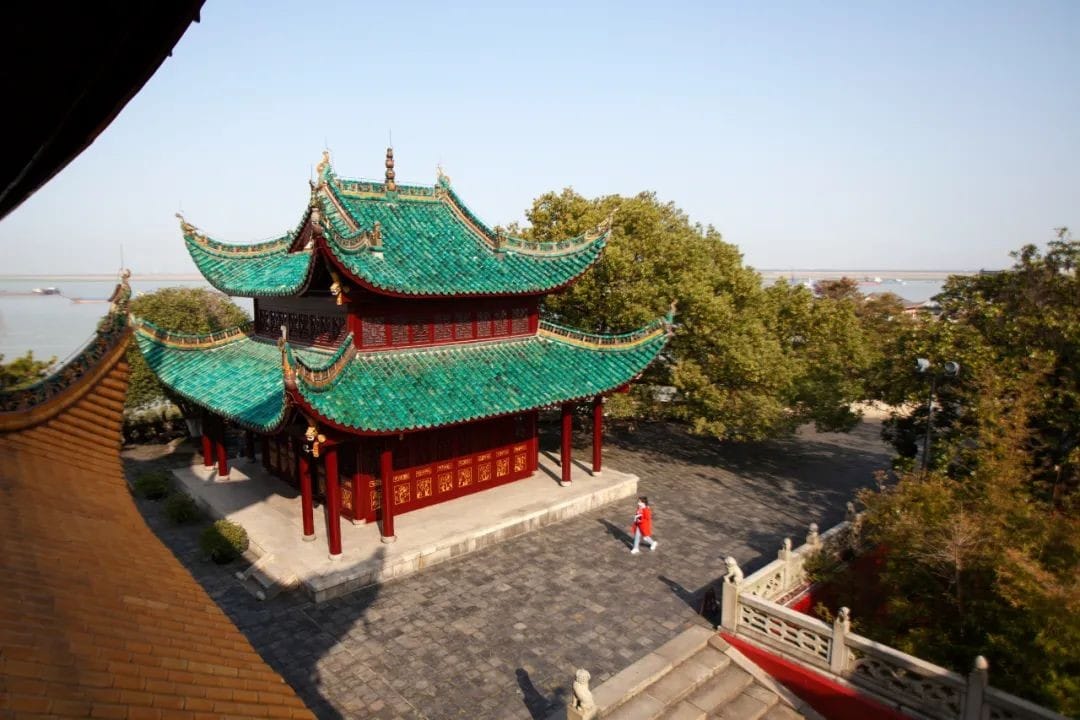
Freshwater delicacies are easy to understand; Yueyang is backed by Dongting Lake, so freshwater dishes are a staple. Fish like diaozi, osmanthus, maomao, lotus root, as well as Xiangyin crabs and the crayfish mentioned earlier, are common on Yueyang’s tables.
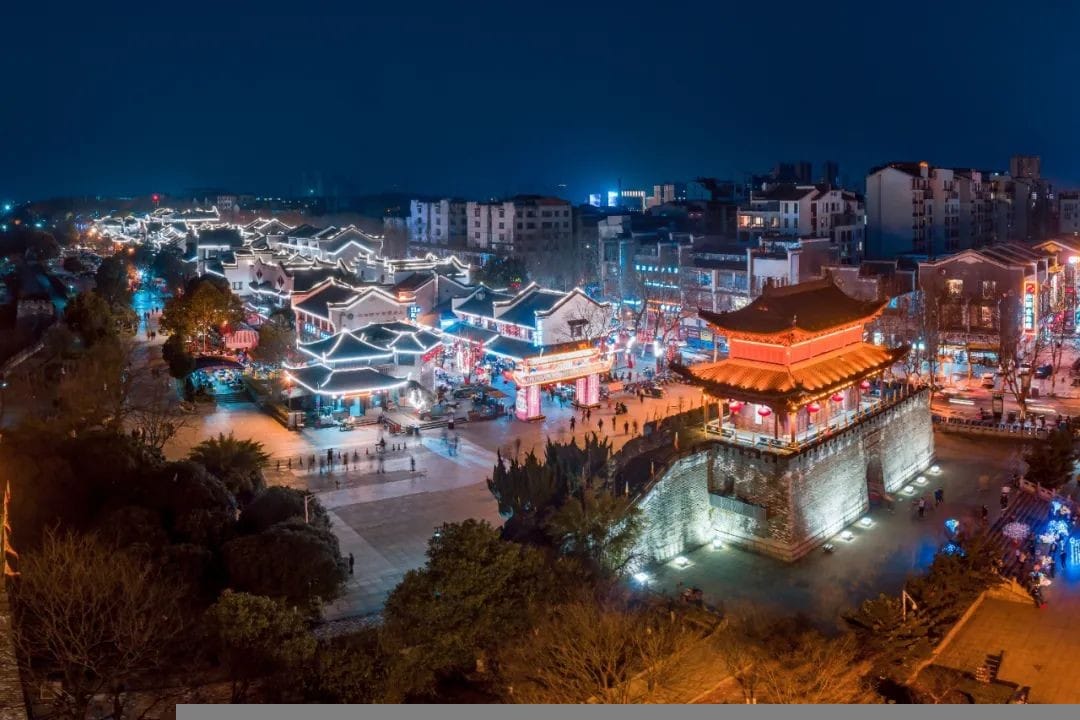
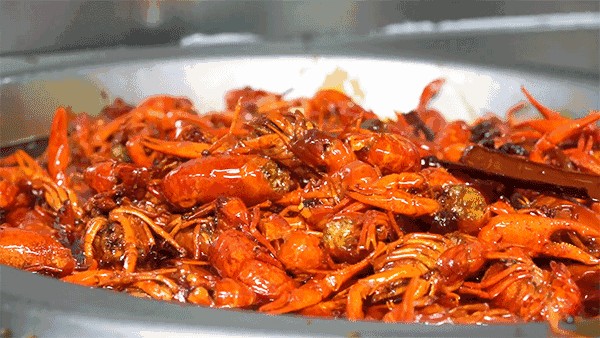
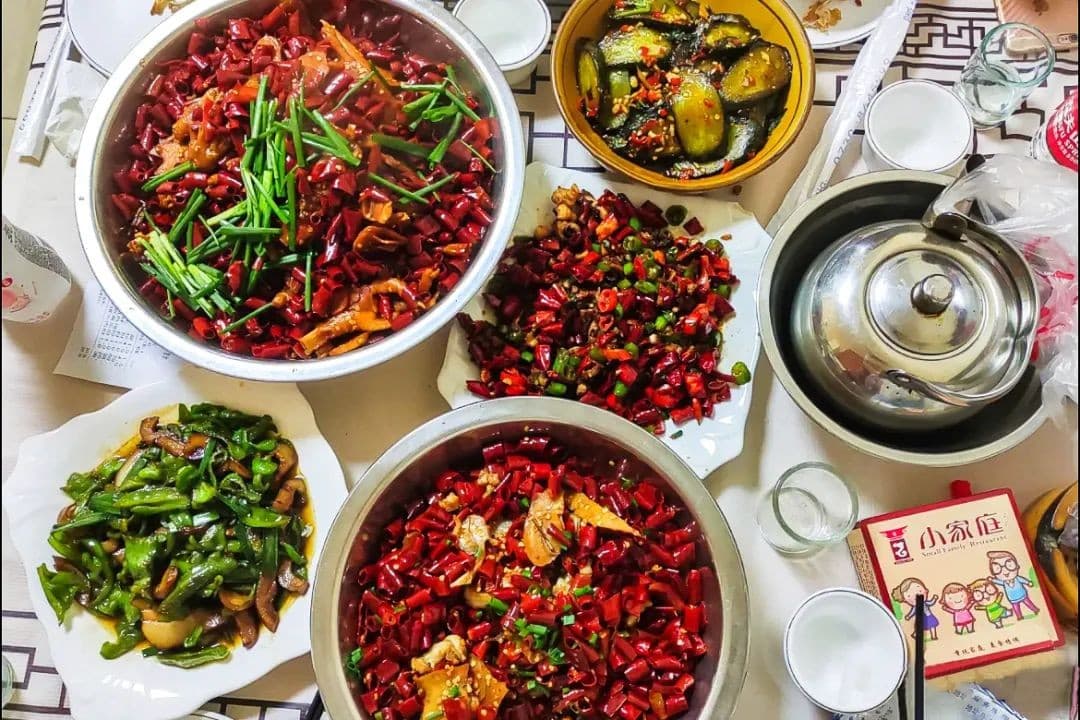
The upcoming crayfish season can be considered Yueyang’s “tourist peak,” with many people from surrounding cities driving over specifically to eat.
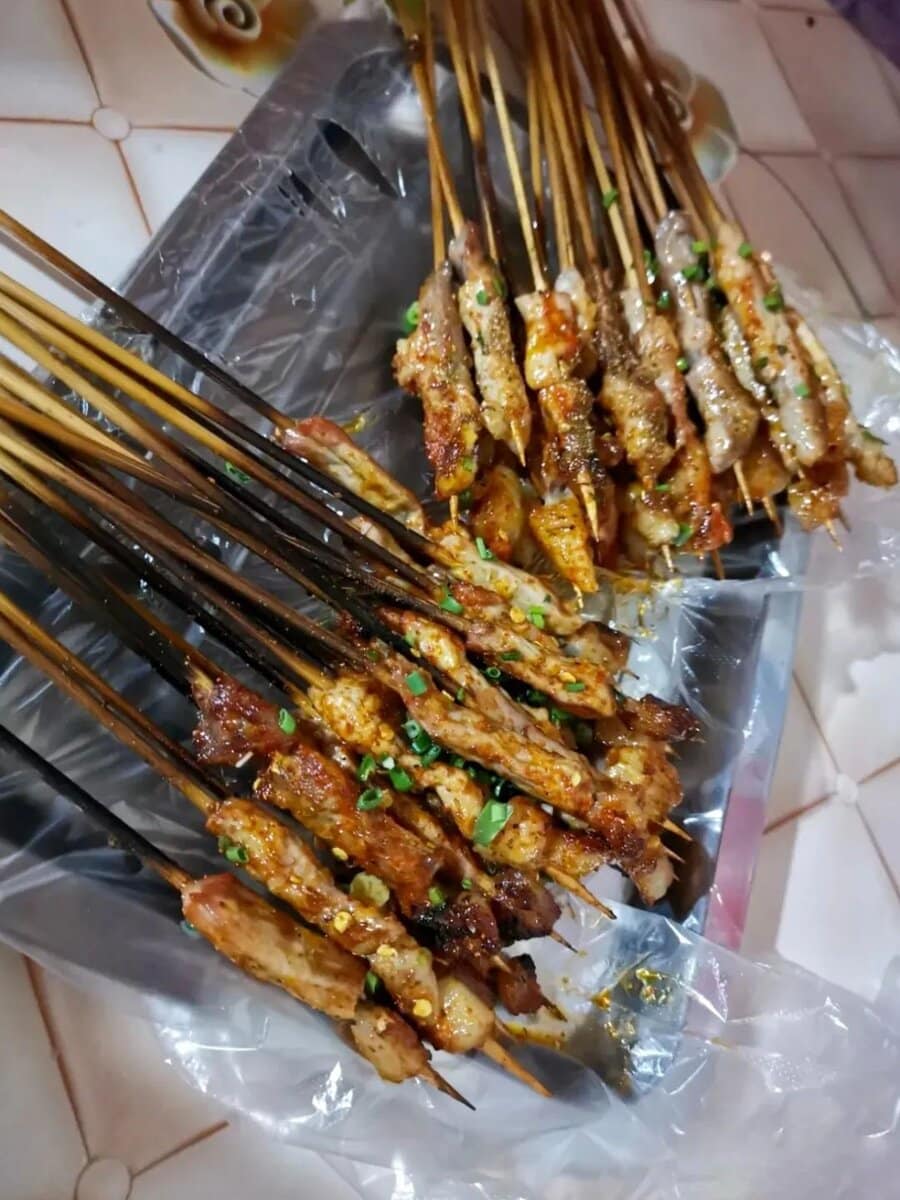
In Changsha, spicy crayfish almost monopolizes the market, and the only competitor that can share the pie is the “Yueyang school” of crayfish.
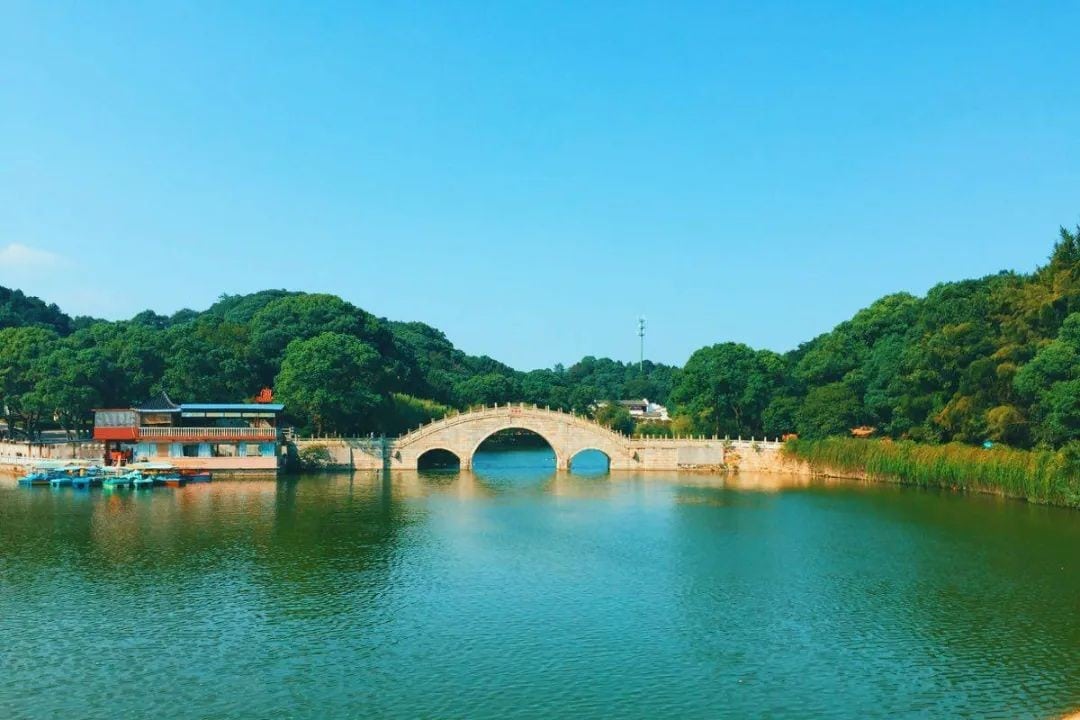
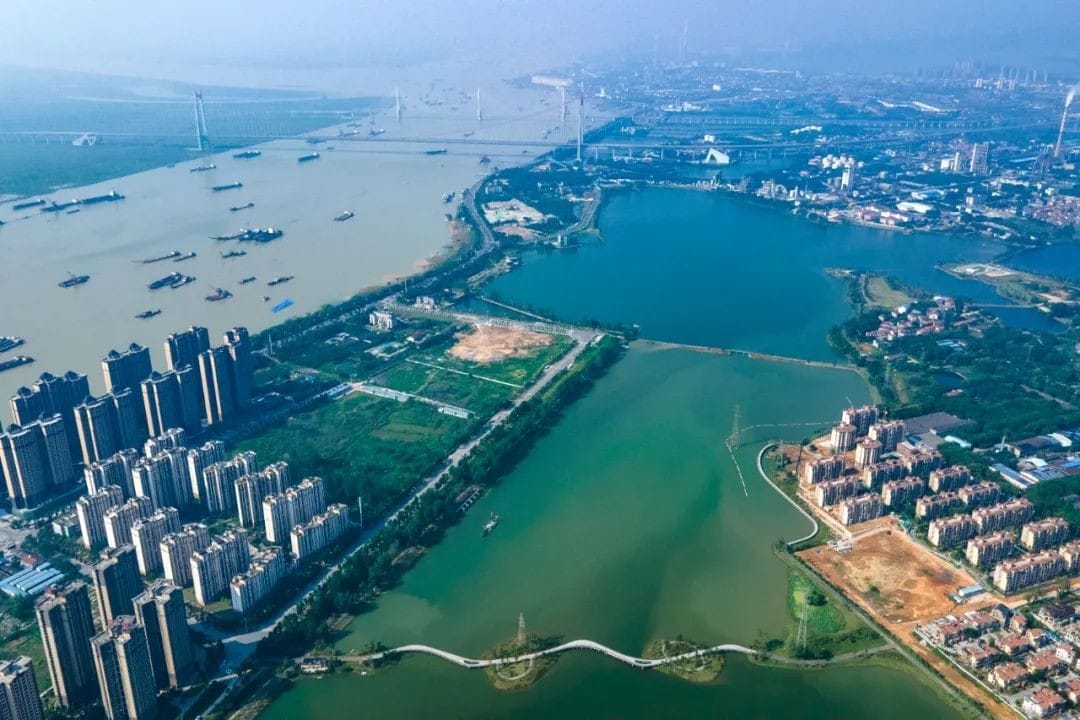
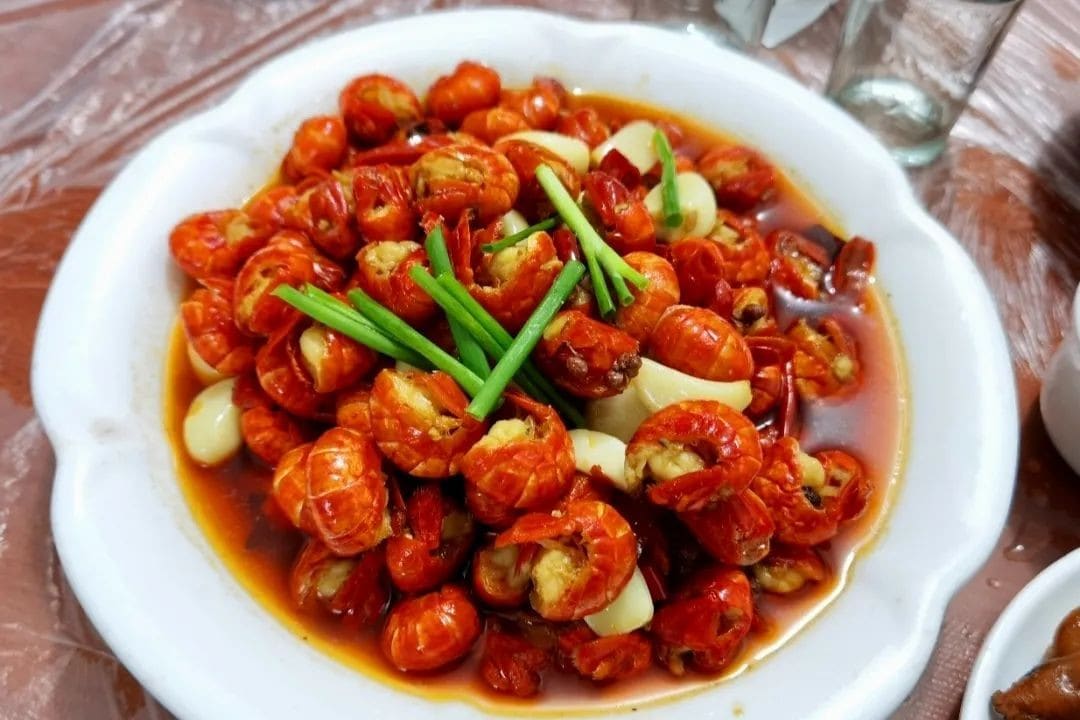
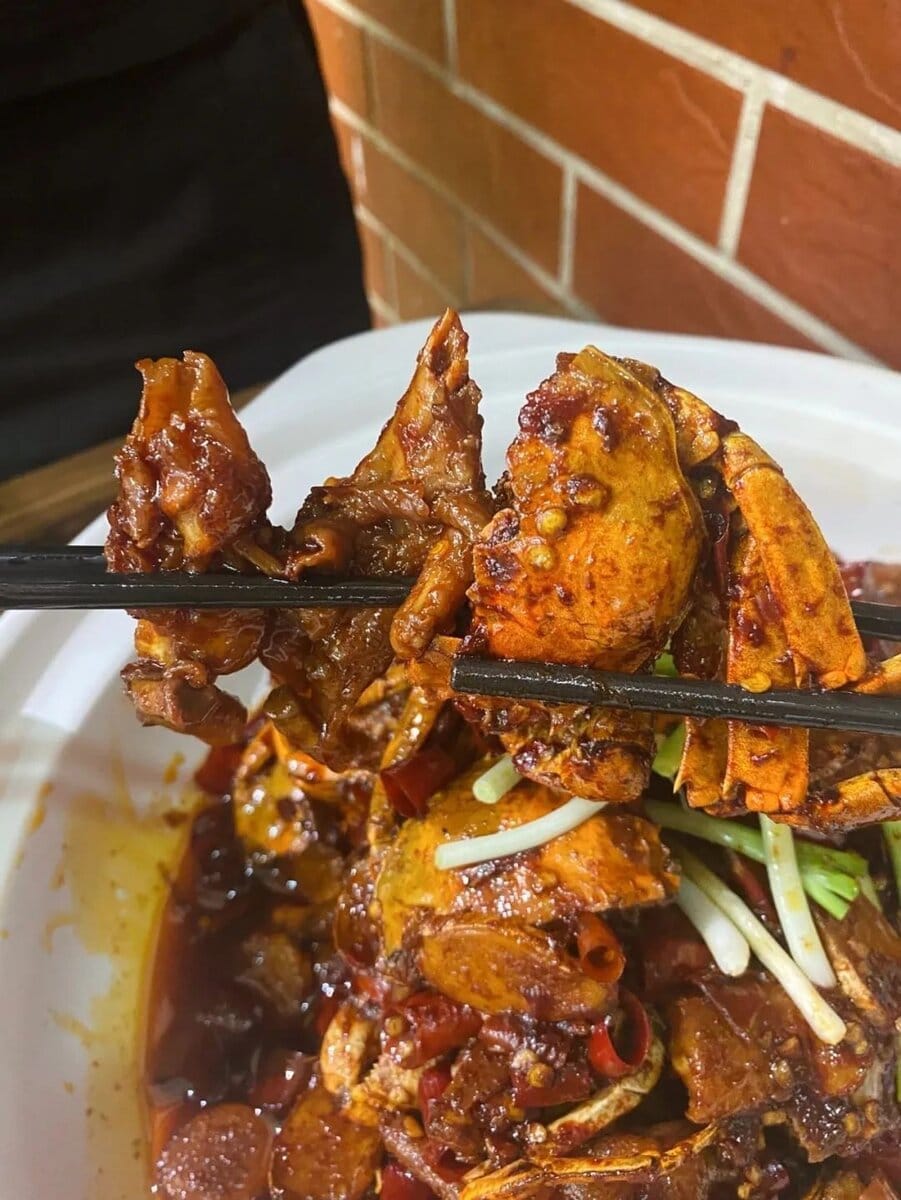
Yueyang people have a knack for cooking crayfish, with their signature dish being the secret-recipe crayfish tail.
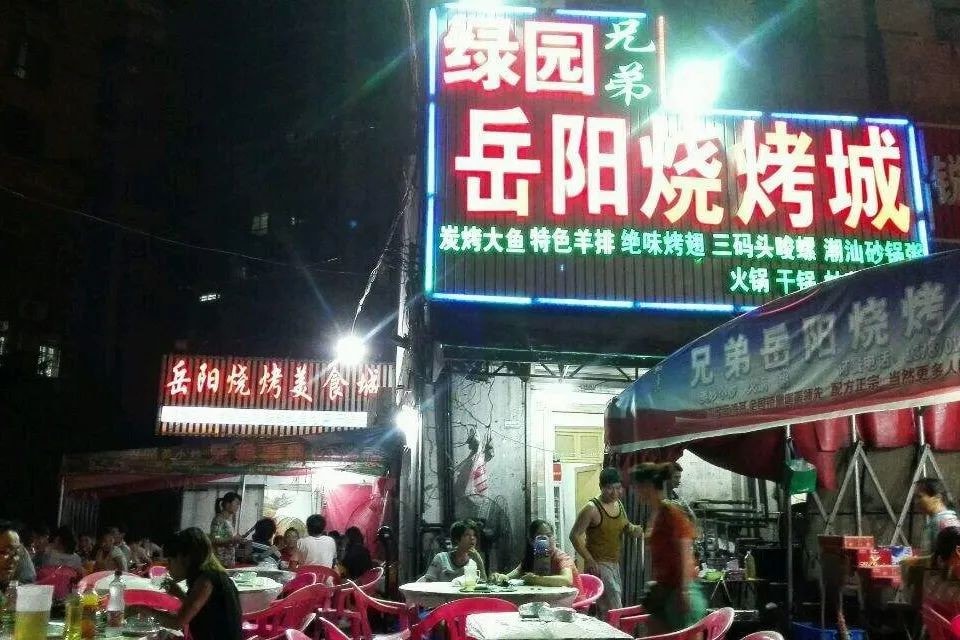
The key lies in the fresh broth marination, with a rich, spicy sauce that leaves a lingering aroma of wine in the mouth. After finishing the crayfish tails, the leftover sauce can be used to mix with noodles or rice, making it a formidable competitor even to the famous thirteen-spice crayfish across the Yangtze River.
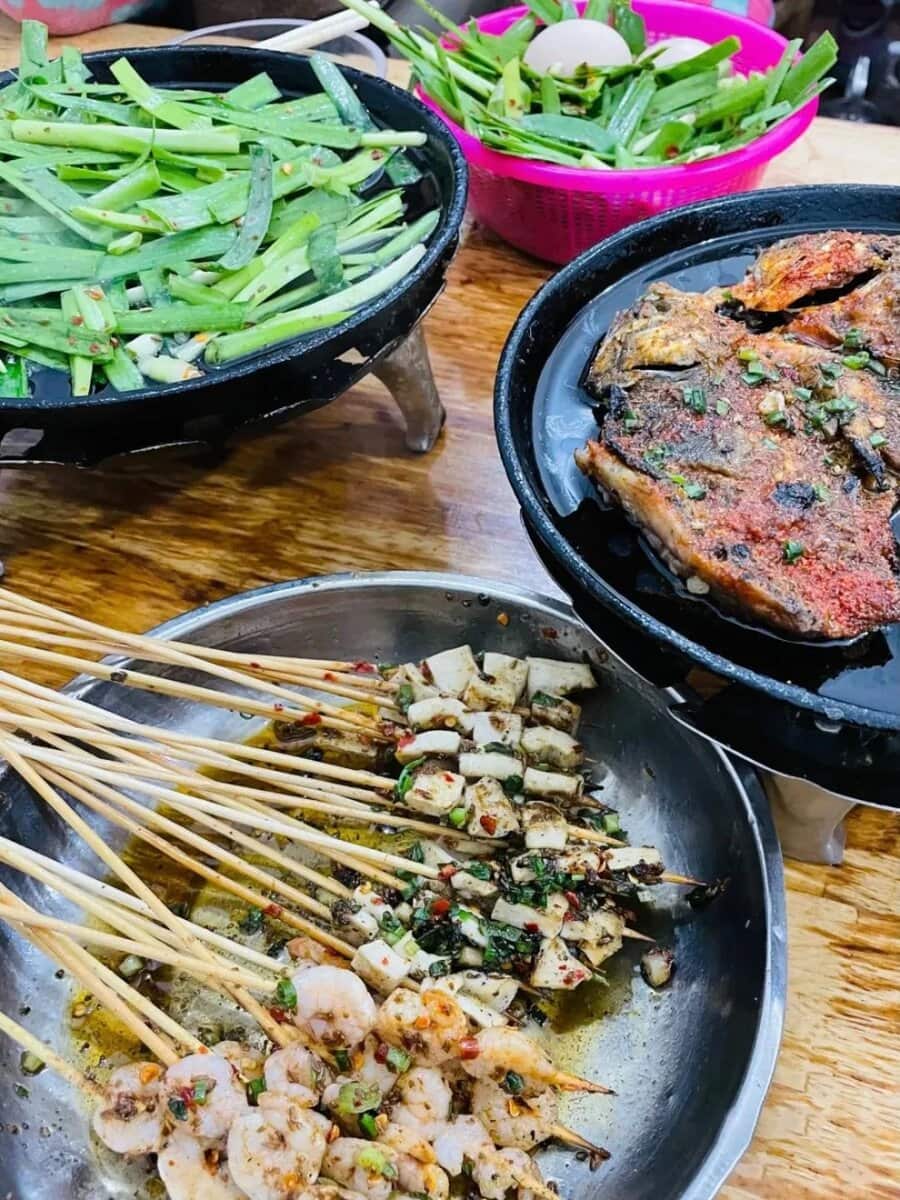
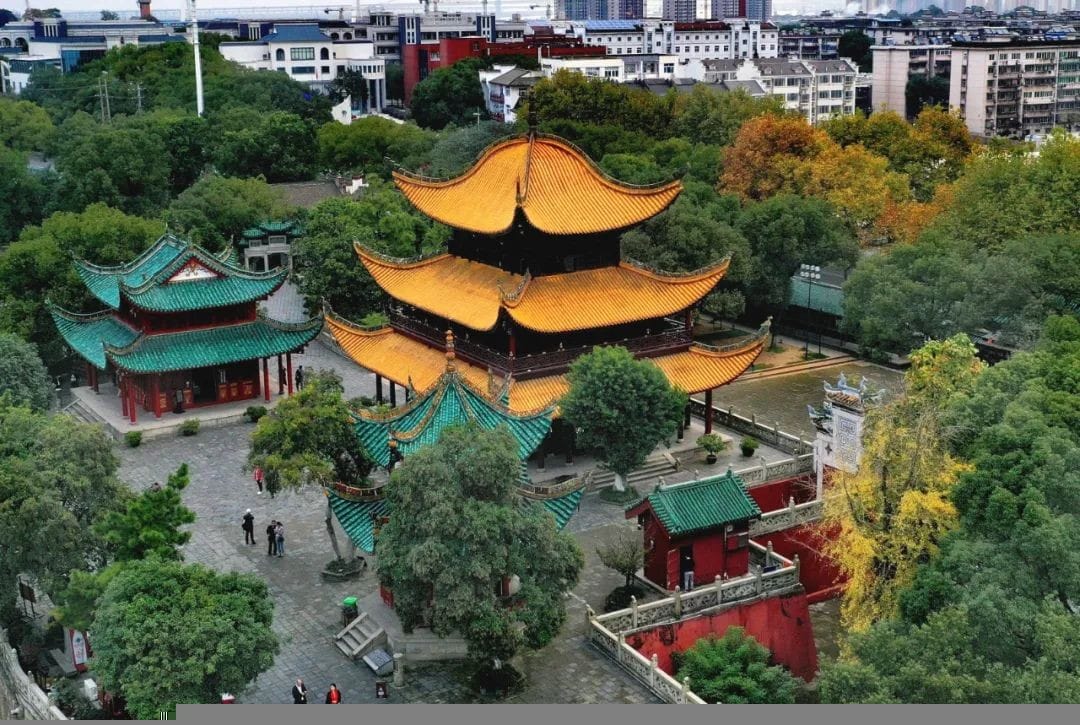
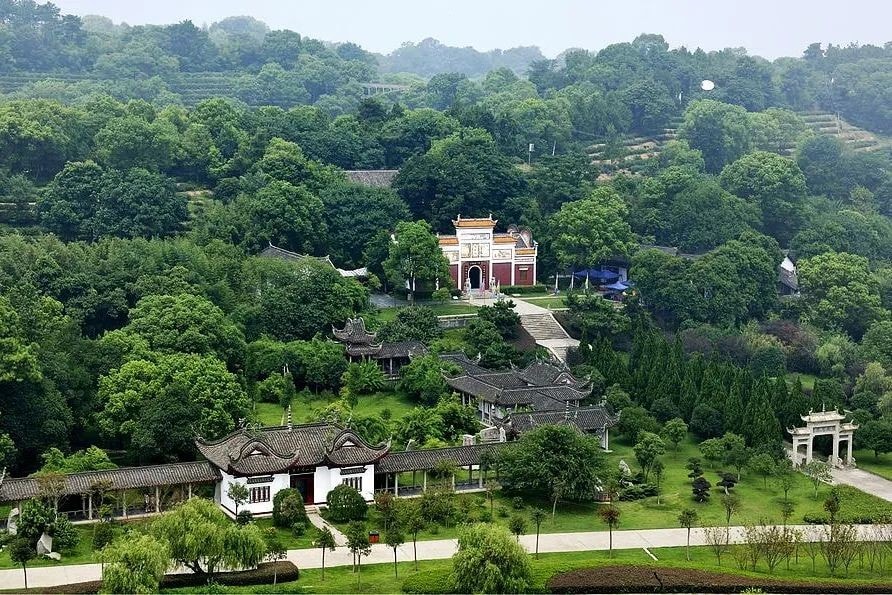
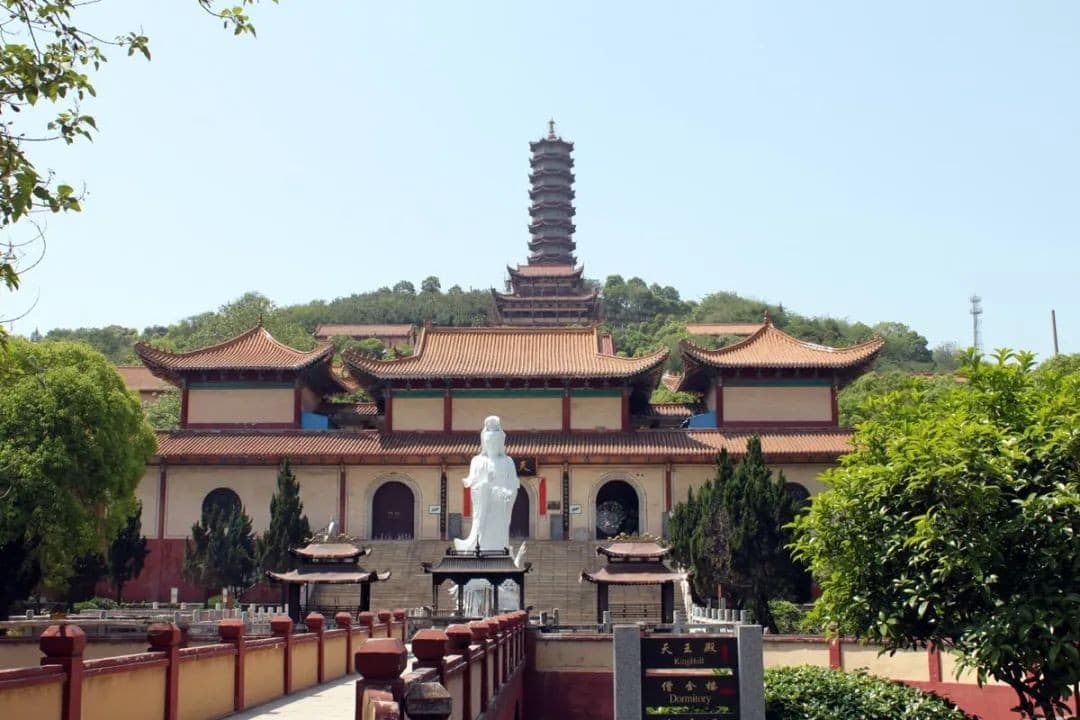
With so many crayfish restaurants in Yueyang, which are the most worth checking out?
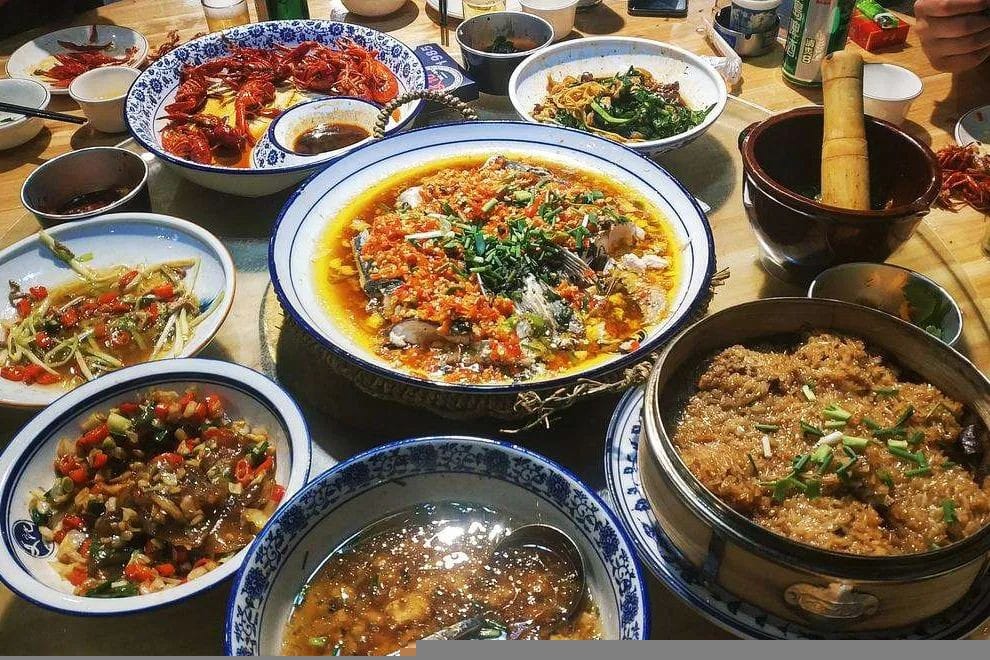
Tianbao Crayfish Restaurant
📍 129 Qianming Temple, Yueyanglou District, Yueyang (next to Yueyang No. 3 Middle School)
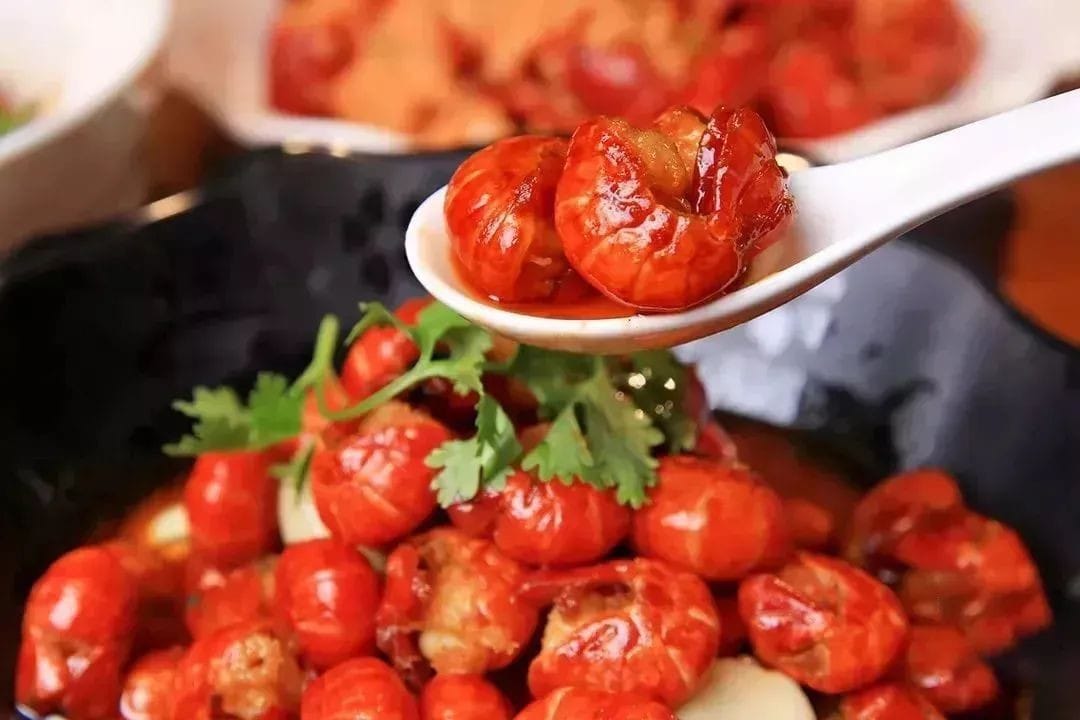
There are countless restaurants in Yueyang specializing in crayfish, but Tianbao Lobster House stands out with its legendary status, as it was their innovation that popularized the secret-recipe crayfish tail dish.
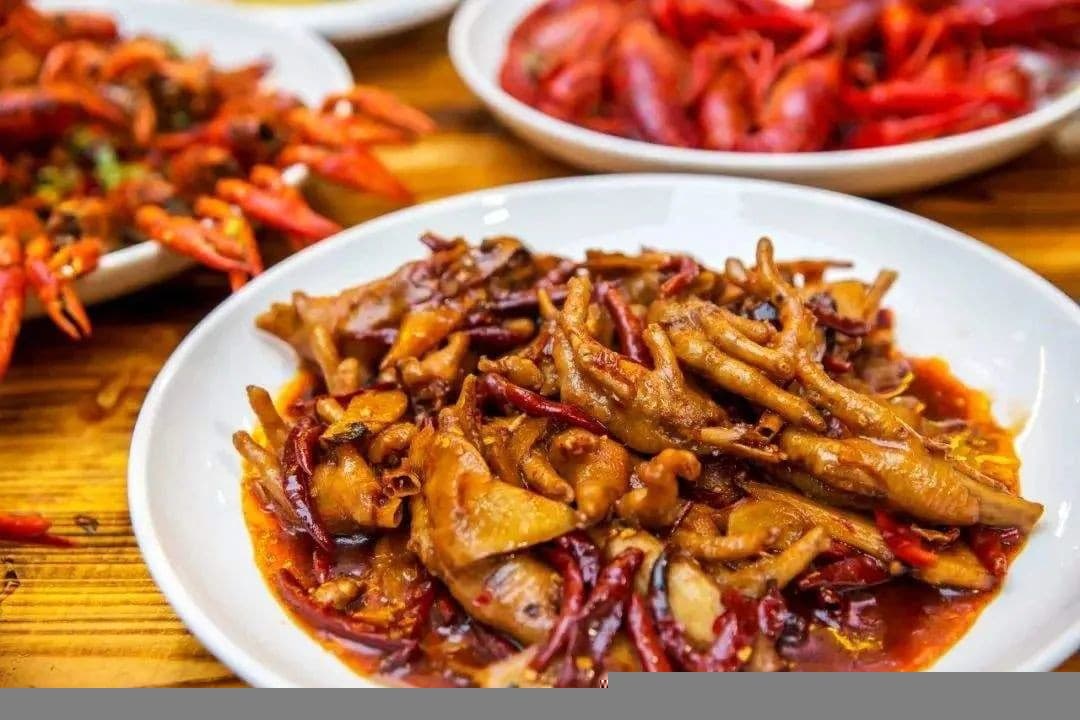
If the original restaurant can’t even make it delicious, the dish wouldn’t have become popular in the first place, right?
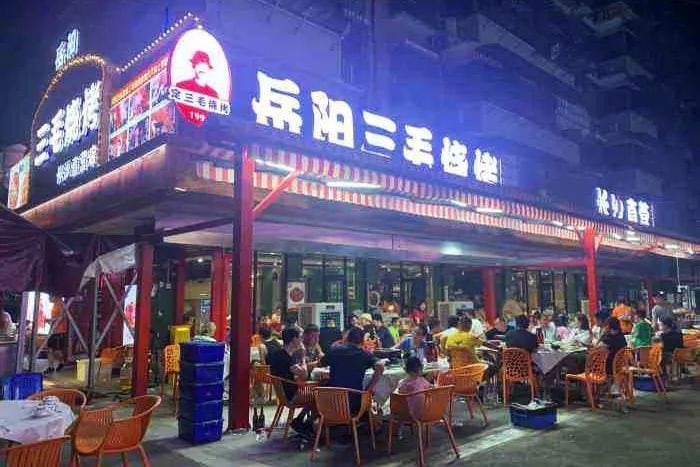
Every year, they open their doors on February 28th, and the price of crayfish for that year often sets the trend, making Tianbao a barometer of the market.
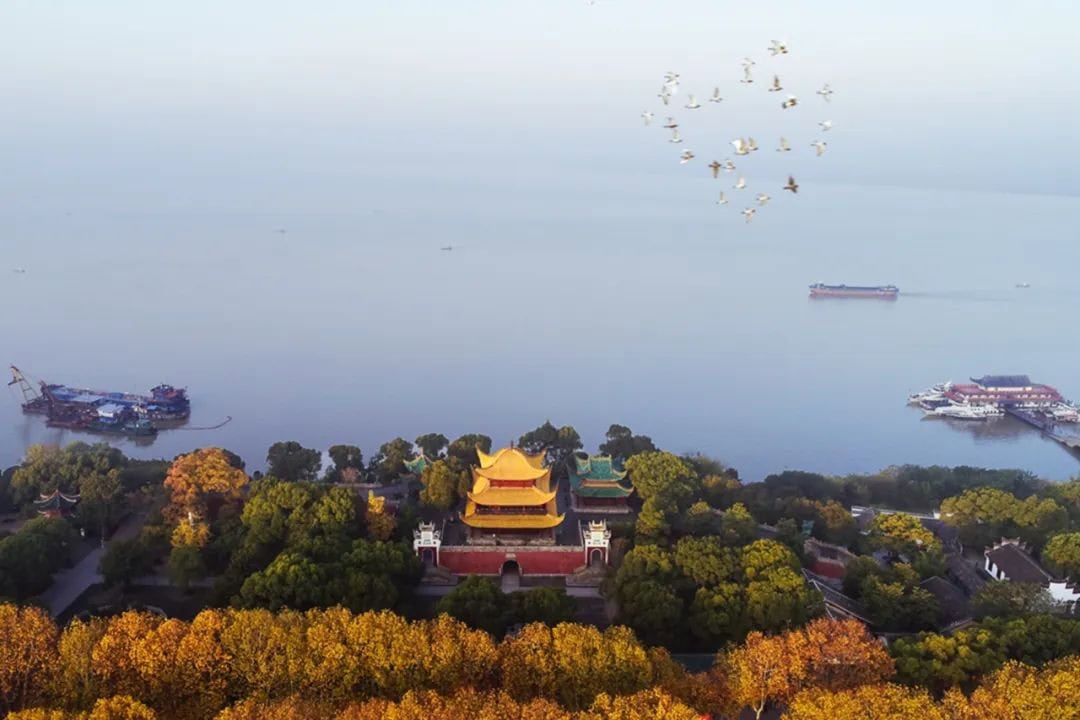
Image: @volcano

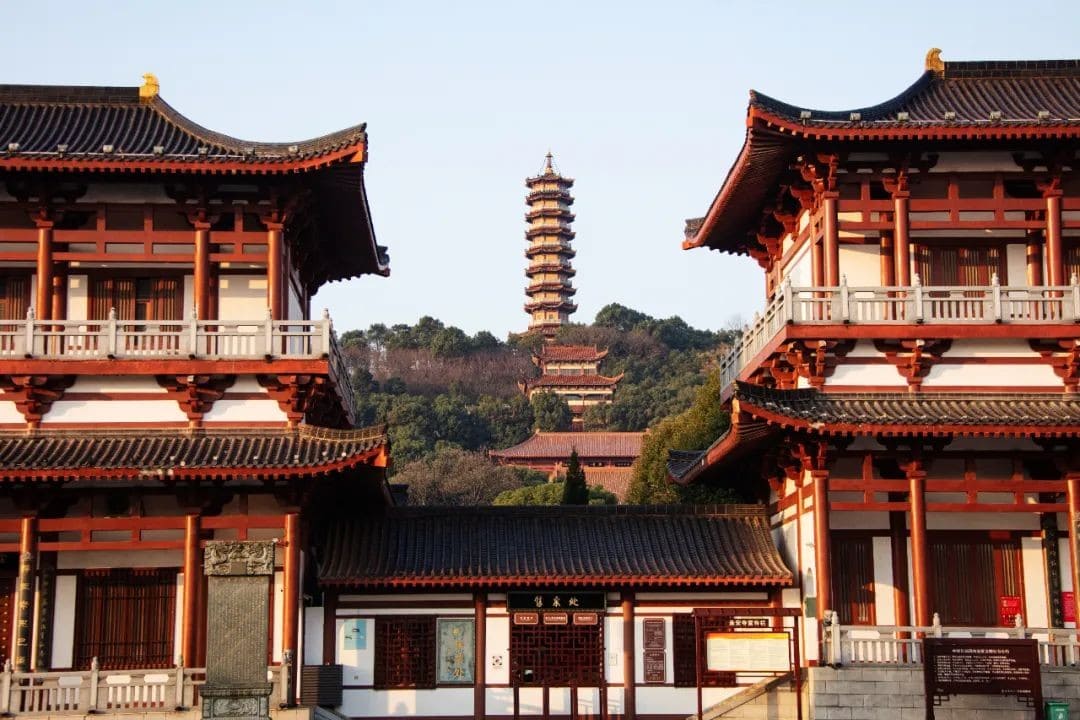
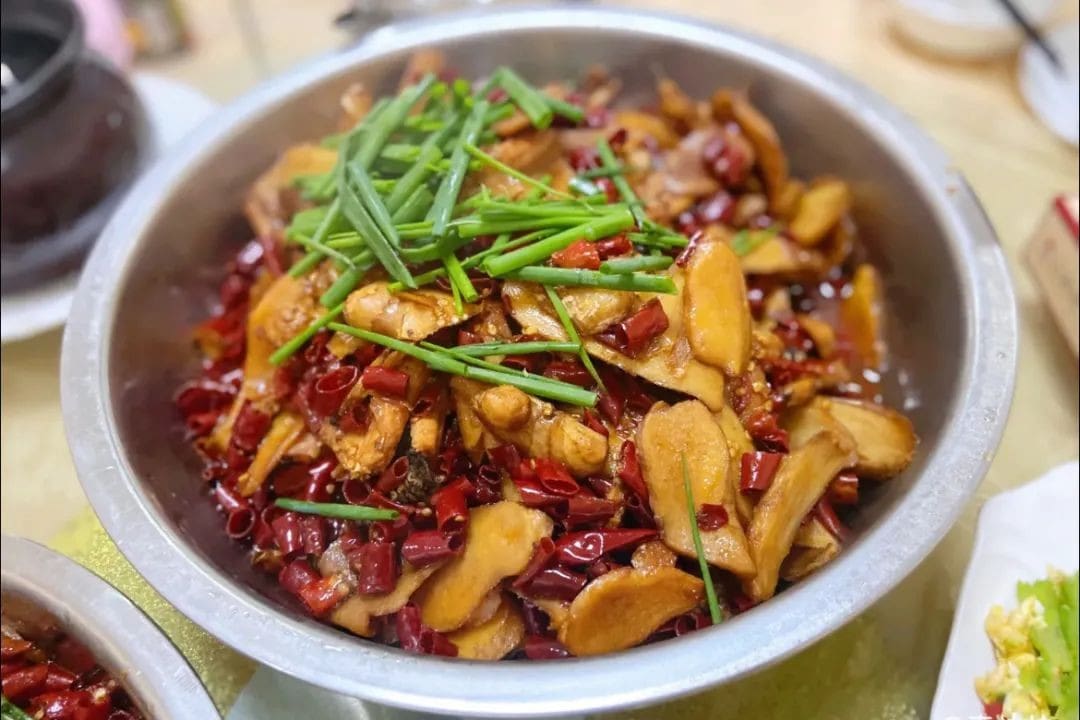
Ximao Steamed Crayfish (Headquarters at Sihua Construction)
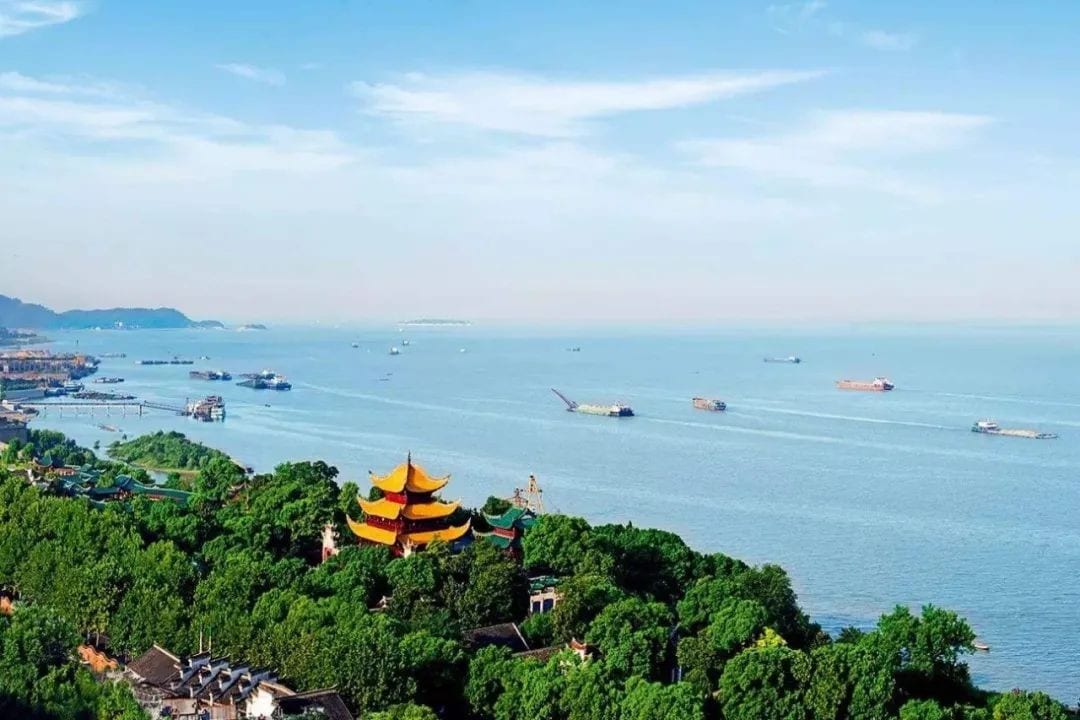
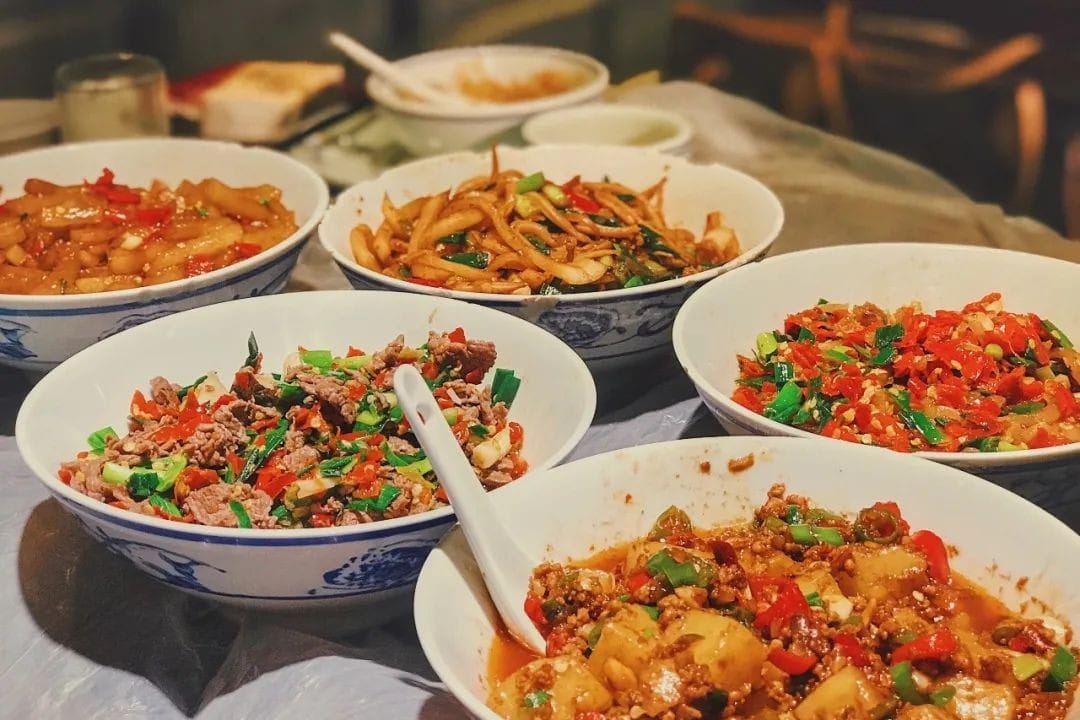
📍372 Huabanqiao Road, Yueyang Tower District
Crayfish tails are the mainstream dish in Yueyang, but for a lighter option, steamed crayfish is a great choice, and Ximao is the most famous for it.
Steamed crayfish require higher quality ingredients, and Ximao’s crayfish are usually as big as a palm, with tender meat even in the claws.
Ximao has many branches in Yueyang, and they also have private dining rooms. Just head straight to the headquarters at Sihua Construction.
Image: @
He Xiaogu Shrimp and Crab House
📍324 Qingnian Middle Road, Yueyang Tower District
He Xiaogu is an old-school eatery in Yueyang known for both its shrimp and crab dishes.
Their signature dish, braised large crayfish, is not very spicy but features a strong aroma of spices. It is often cooked together with rice noodles, similar to marinated crayfish, and has a prominent wine flavor.
After the crayfish season ends, you can still visit in September and October to enjoy their crabs. Their barbecue is average, as there are plenty of better options in Yueyang.
Image: @Sajia
The Dongting Lake not only brings fresh lake fish but also contributes to Yueyang’s humid and cold climate. However, this isn’t much of a problem, as traditional Chinese dietary therapy can easily address it.
If you ask a Cantonese person how to dispel dampness and cold, they might suggest using cotton flowers to make soup. Ask a Yueyang local, and they might offer you a bag of ginger, which, when finely chopped and incorporated into Hunan cuisine, becomes the spicy ginger dish.
Many ingredients can be prepared with the spicy ginger method, with the classic spicy ginger snake (cultivated black-tailed snake) being a rarity now due to its ban. However, dishes like spicy ginger chicken feet, spicy ginger bullfrog, and spicy ginger duck are still common and delicious.
If you’re in Yueyang specifically to try spicy ginger dishes, you should visit a recommended Hunan cuisine restaurant.
**Small Family Restaurant**
📍No. 56 Gongnong Lane, Yueyang Tower District (Inside the alley next to Wuli Power Bureau)
Jiangla Snake used to be the signature dish of Small Family, although now it has become a “hidden menu” item. Other Jiangla series dishes still manage to keep the place lively and attract customers.
The dishes at Small Family are characterized by their heavy spiciness. Before you even see the main ingredient, a pot full of chili peppers and ginger slices already whets your appetite.
The meat of 🐍 is even firmer than duck necks, especially the skin, which requires a bit of a tooth battle. Only with a generous amount of seasoning can it be made flavorful.
Image: @Jia Sheng Hong Shu
Image: @Qin Kuai Kuai
**Ji Pangzi Flavor Cuisine Restaurant**
📍No. 25 West of Baocheng Building, Yueyang Tower District
While Small Family focuses on the Jiangla series, Ji Pangzi is a popular Hunan cuisine restaurant in Yueyang. Jiangla dishes are just the tip of the iceberg of their delicious offerings; many dishes are original creations, which is quite rare for a small restaurant.
Ji Pangzi’s Jiangla Hairy Crab with Chicken Feet is a must-try. The chicken feet are tender and the hairy crabs are well-seasoned. Even adding two servings of alkaline noodles won’t be enough. I highly recommend this place!
Image: @Mu Suda
Image: @Mei Shao Nu Qing Zi
To earn the title of “King of Hunan Night Snacks,” just having crayfish isn’t enough; Yueyang barbecue is also a standout.
The history of Yueyang barbecue is the evolution of its ingredients.
In the 1990s, a group of Xinjiang people settled in Yueyang and brought their superb barbecue skills. Initially, the market offered common items like grilled beef and beef tendon. Later, this led to the popularity of ingredients like beef tendon, tube tendon, beef tripe, and chicken offal.
*The famous Changsha restaurant San Mao is a Yueyang-style barbecue joint.
The ingredient that finally set Yueyang barbecue apart in Hunan is the small beef fat skewers.
Only the small amount of meat from the chest of a bull, weighing less than a pound, is carefully cut into small pieces the size of a fingernail and then skewered. These are then grilled over high heat, with the fat crackling and sizzling as it’s licked by the flames. The result is a crispy exterior with a rich, savory flavor that leaves a lasting, blissful aftertaste.
Yueyang barbecue originated in Miaoqian Street in the last century, where there were over a hundred barbecue shops clustered together. Even now, many shops still add “Miaoqian” to their names to emphasize their long-standing reputation.
A plethora of Yueyang barbecue joints can be overwhelming, but consider these few.
**Laoli Barbecue City (Chenglingji Main Store)**
📍At the entrance of the old paper mill in Chenglingji, Yueyanglou District
Laoli Barbecue, a staple in Yueyang’s barbecue scene, is a must-mention. If not included, the authenticity of the guide might be questioned.
The original Laoli Barbecue is indeed located at the entrance of the old Chenglingji paper mill, a bit of a distance from downtown Yueyang, yet it beckons with the promise of deliciousness.
Their specialty lies in iron plate grilling. Meat tendons and crucian carp are their signature dishes, along with iron plate leek, which you can “cook” yourself with an added egg. These are must-tries.
Images: @BigPumpkin888
Images: @THEZEE
**Pork Granny**
📍160 meters north of the intersection of Dongting North Road and Taohuajing, Yueyanglou District
This is a legendary spot with no sign, no waitstaff, and no menu. They only sell one type of pork skewer, not even offering drinks. Impressive, right? It’s the epitome of focusing on a single product.
The only way to identify the place is by the granny grilling over a traditional charcoal fire at the entrance and the bustling crowd inside enjoying their skewers.
The pork skewers are a perfect balance of lean and fat. The lean parts are juicy, while the fat parts are crispy and oily, truly delicious.
Images: @ZuoZuoShuXin
By the way, Ding Sanmao Barbecue has been featured on “Day Day Up” and is quite popular in Changsha, making it a safe bet.
“Life on a Skewer” filmed at Yangli Barbecue, where the beef tallow skewers are the best, bursting with juice with every bite. Yueyang has too many great barbecue places.
**The Meandering Ancient City**
Coming to Yueyang to eat from morning till night… is not out of the question. A day trip from Changsha is entirely feasible. But as a guide striving for practicality, the itinerary must be well-matched. Yueyang’s attractions are straightforward, making a 2-day, 1-night trip sufficient.
① **Yueyang Tower**
Yueyang Tower is one of China’s four famous towers. However, visiting Yueyang Tower requires a cultural context; otherwise, there’s a 90% chance you’ll be disappointed.
The history of Yueyang Tower can be traced back to the Three Kingdoms period, when Lu Su established the “Yuejun Tower” here. It has undergone several name changes, but the name “Yueyang Tower” only came into existence after Li Bai composed a poem about it.
However, Yueyang Tower has not been fortunate in its fate, constantly being destroyed and rebuilt, leaving traces of different dynasties on it.
The current Yueyang Tower was actually built during the Guangxu period of the Qing Dynasty. It is a three-story, three-eave structure with a total height of nearly 20 meters. When you climb to the top and look out over Dongting Lake, you can still feel the grandeur described in the lines “The mist envelops the Yunmeng Marsh, the waves shake the Yueyang City.”
**Dongting Lake**
I believe the most worthwhile attraction in Yueyang to spend time exploring is not Yueyang Tower, but Dongting Lake.
The “Eight-Hundred-Li Dongting” is enormous, ranking second among China’s freshwater lakes. Standing by the lake, you can’t see the end of it.
Dongting Lake extends into parts of Changde and Yiyang in Hunan, but its core area is within Yueyang.
Dongting Lake is actually quite relaxing; the main activity is strolling by the lakeside.
However, you shouldn’t miss the sunset over Dongting Lake, which is breathtakingly beautiful with shimmering waves. The best spot in the city to watch the sunset is around Balingsquare, where the scene is straight out of a literary film.
**Junshan Island**
Junshan Island, often featured in paintings of Dongting Lake, is a small island of less than 100 hectares in the lake.
In Chinese mythology, this is where the two wives of Emperor Shun, Ehuang and Nvying, are buried. Qu Yuan referred to them as Xiangjun and Xiangfu in “The Nine Songs,” hence the name Junshan.
Personally, I find the scenery on Junshan Island quite ordinary and touristy. However, actually visiting the island involves a boat ride across Dongting Lake, making it a convenient option if you’re too lazy to tour the lake by foot.
**Sheng’an Temple**
Sheng’an Temple is a pleasant surprise; the 0.5-hour hike to the top is entirely worth it.
The temple has an excellent environment, nestled against a mountain and facing the lake. Apart from Yueyang Tower, this is the best spot for a panoramic view of both Dongting Lake and Yueyang City.
In addition to the scenery, the temple itself is quite majestic. Passing through the “Gate of Wisdom,” you encounter a large statue of Guanyin, followed by the Hall of the Heavenly Kings, the Bell and Drum Towers, and the Sutra Depository. After exploring the temple, you can also catch a sunset over Dongting Lake.
A city like Yueyang, with such convenient transportation, is not only suitable for local tourists but also for those from other provinces.
I’m already well-versed in the “Tea + Noodles + Foot Massage” trifecta in Changsha. On your second visit, why not explore these satellite cities? You might just be in for a pleasant surprise!
🚗
/Travel Tips/
Yueyang has the Sanhe Airport, with flights to major domestic cities. However, I suspect most tourists will opt to fly to Changsha and then take the high-speed train to Yueyang.
The high-speed rail in Yueyang is very convenient. Although the train station is about 10 kilometers from the city center, there are numerous daily trains, making same-day round trips entirely feasible.
🏨

